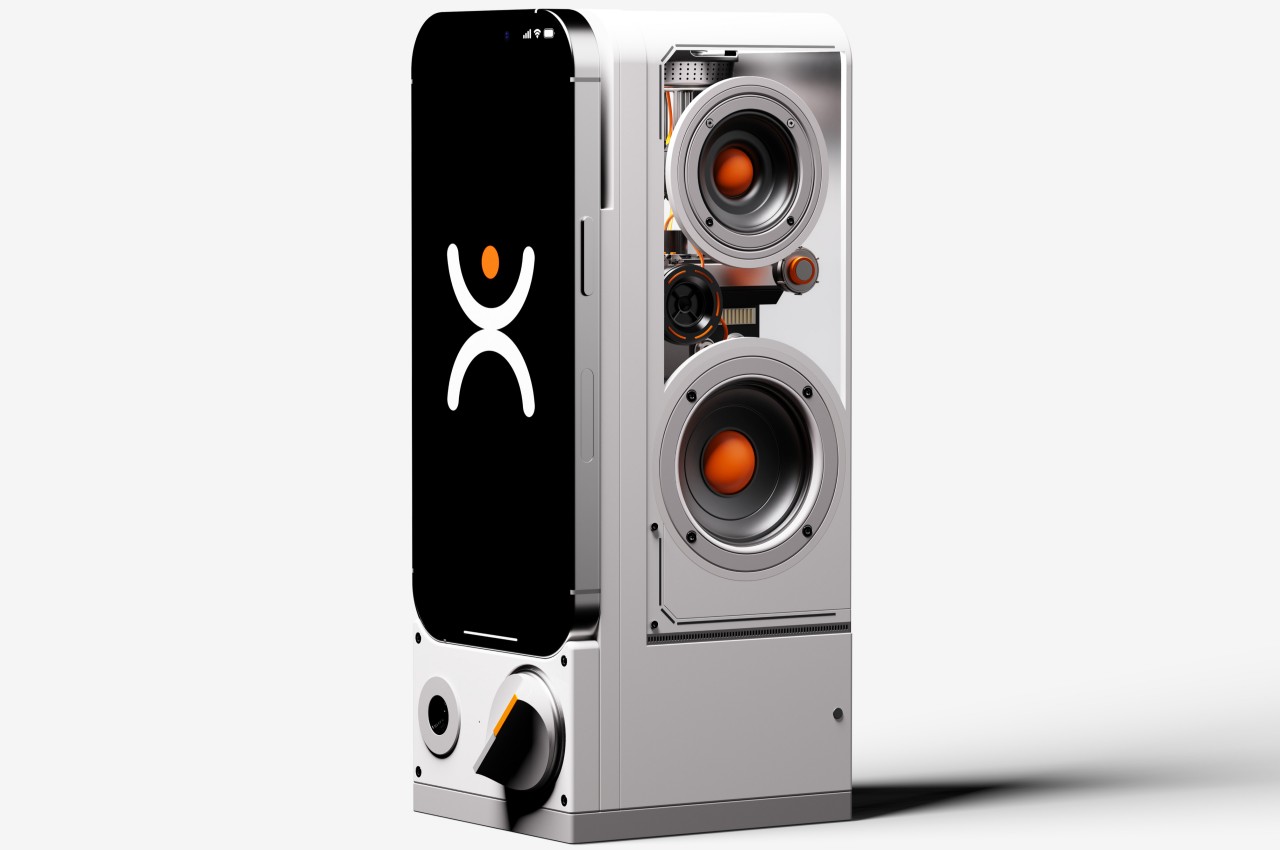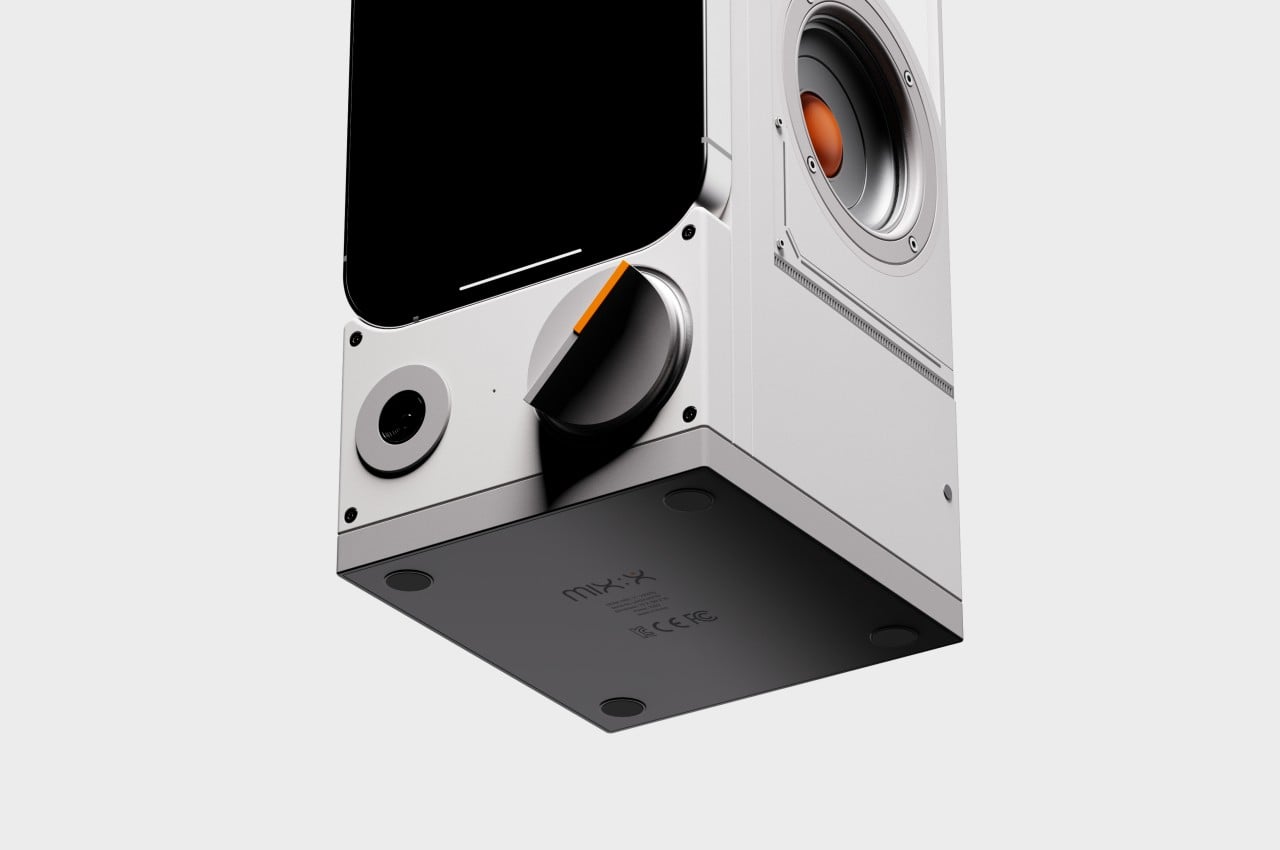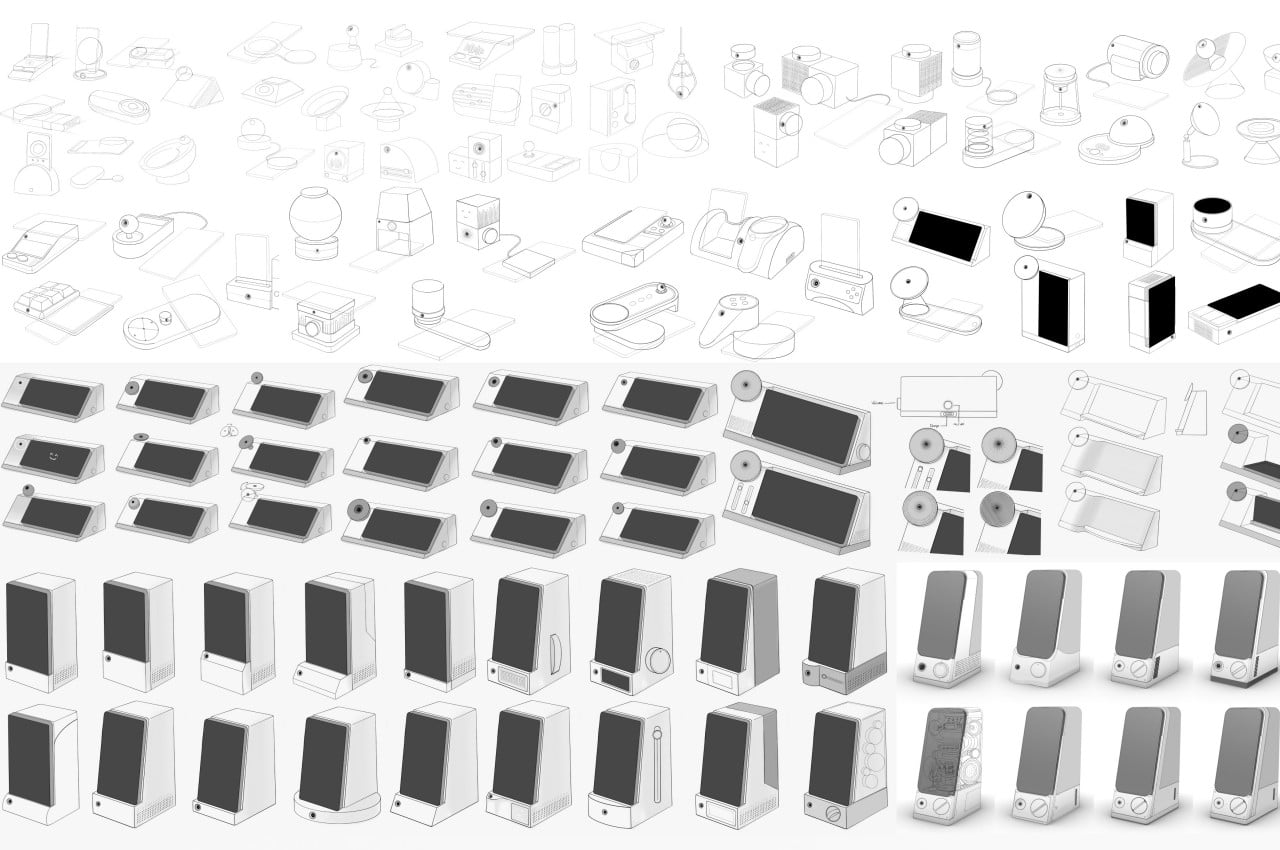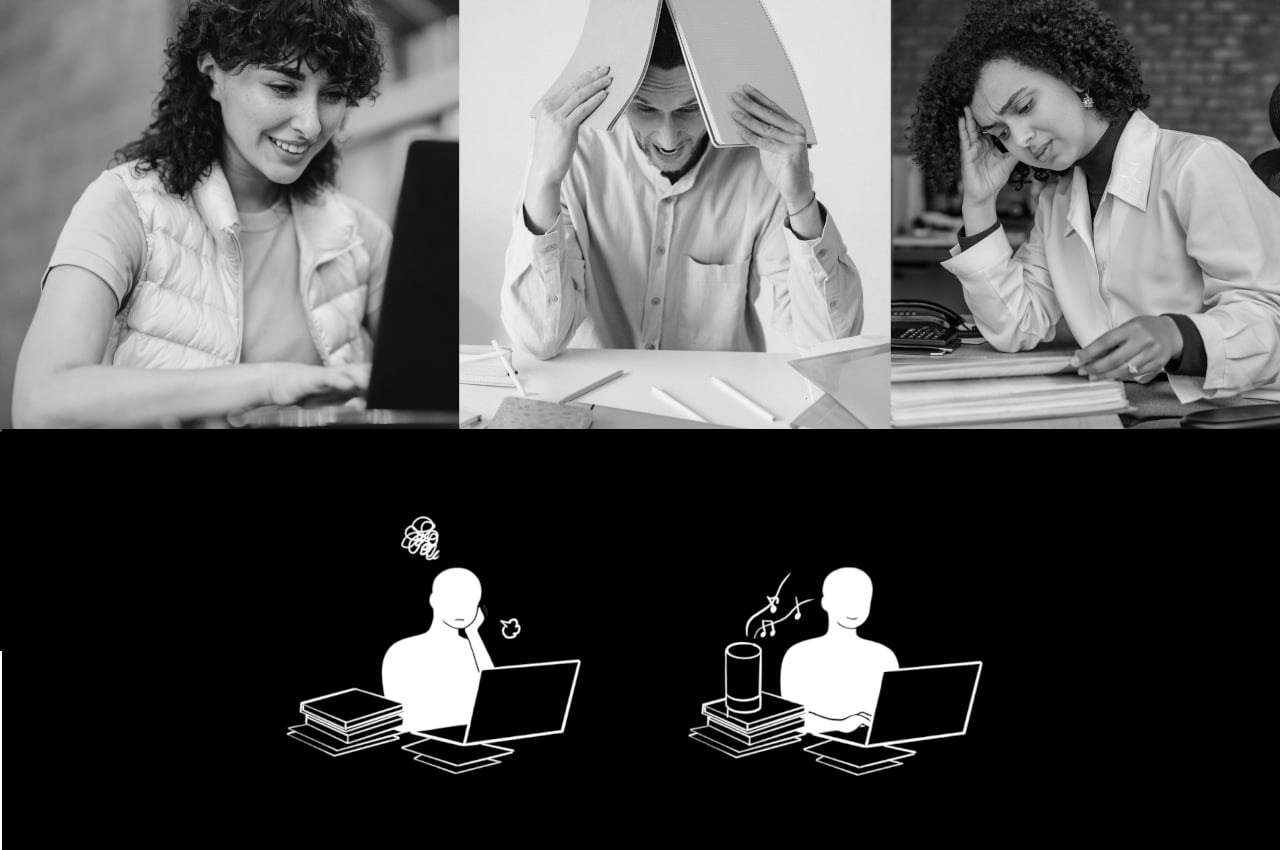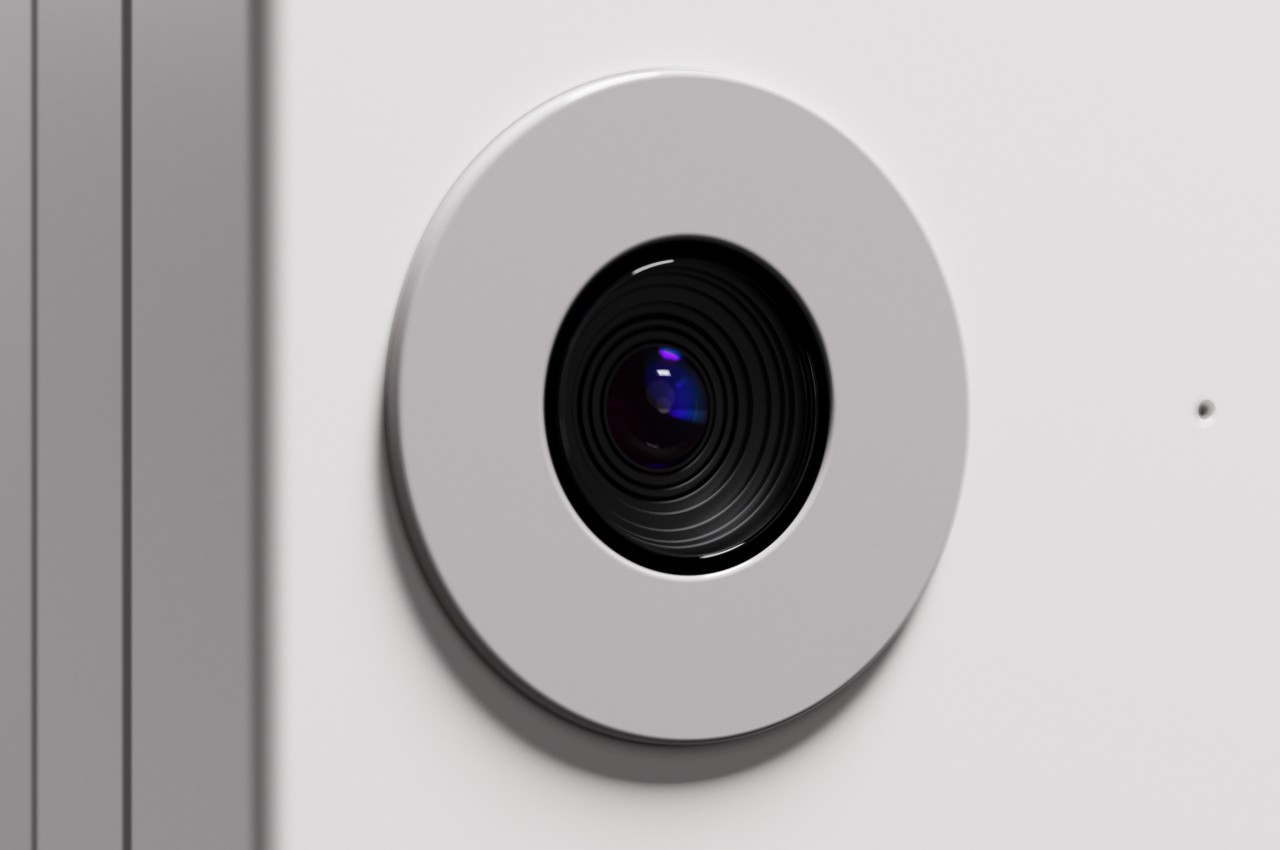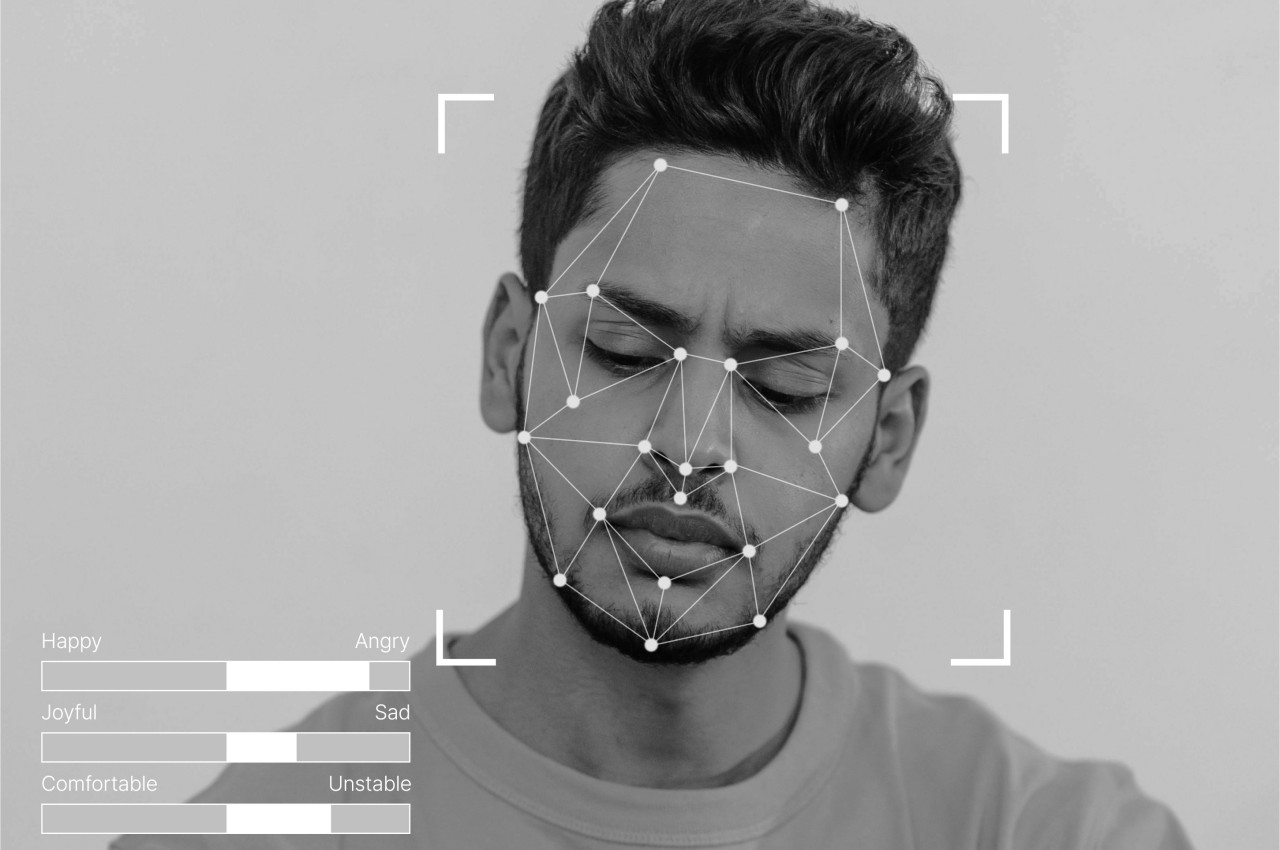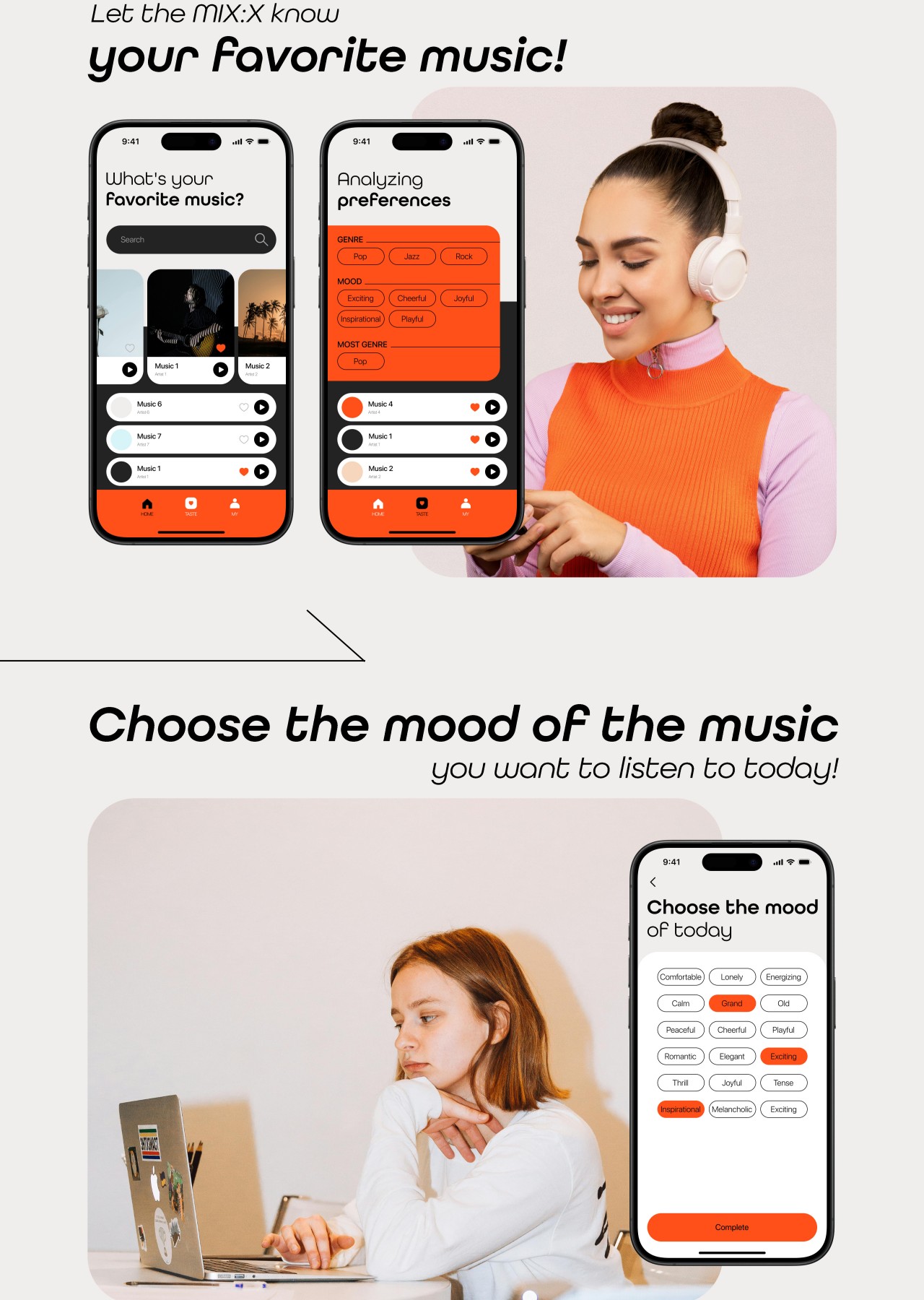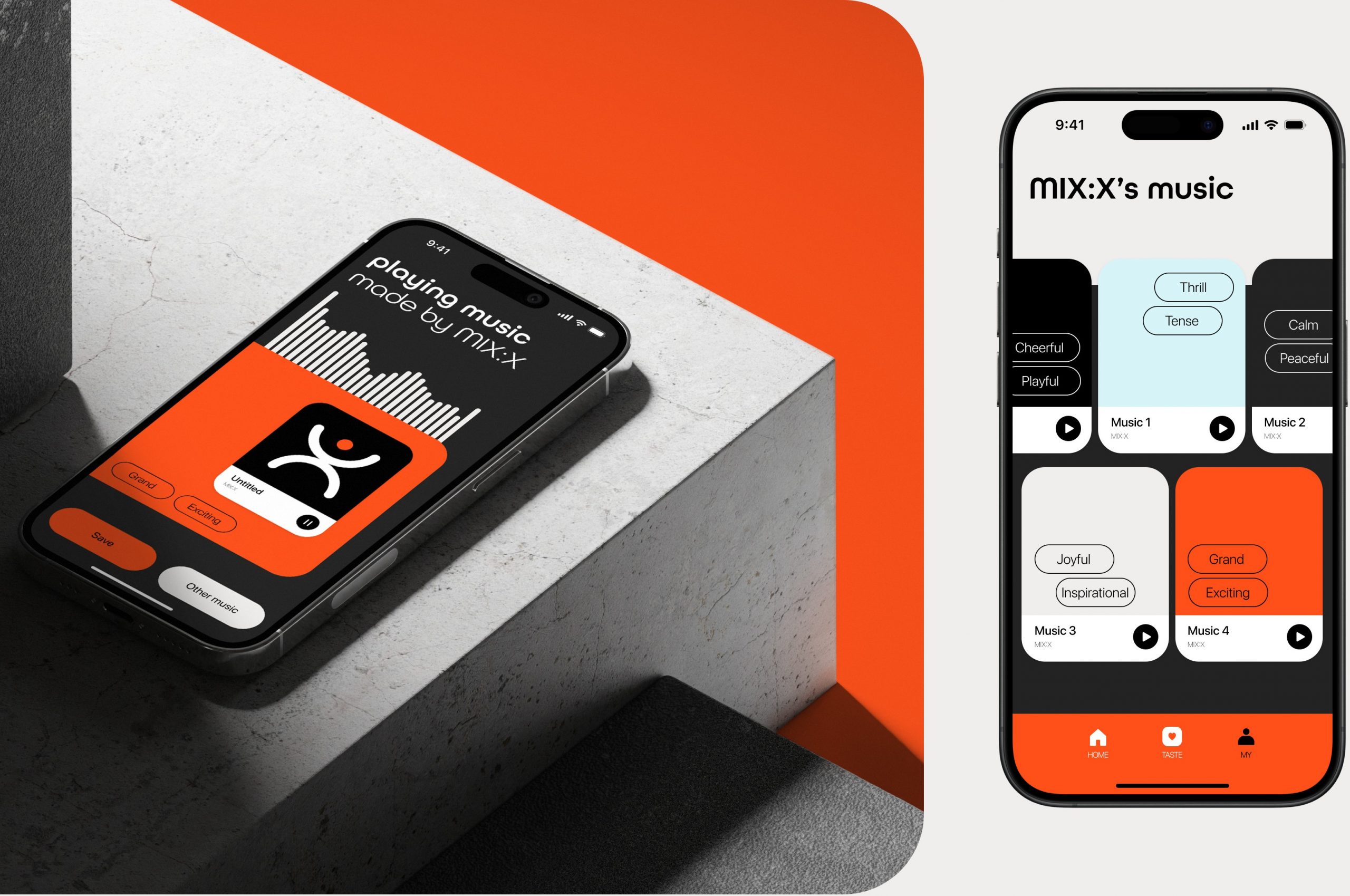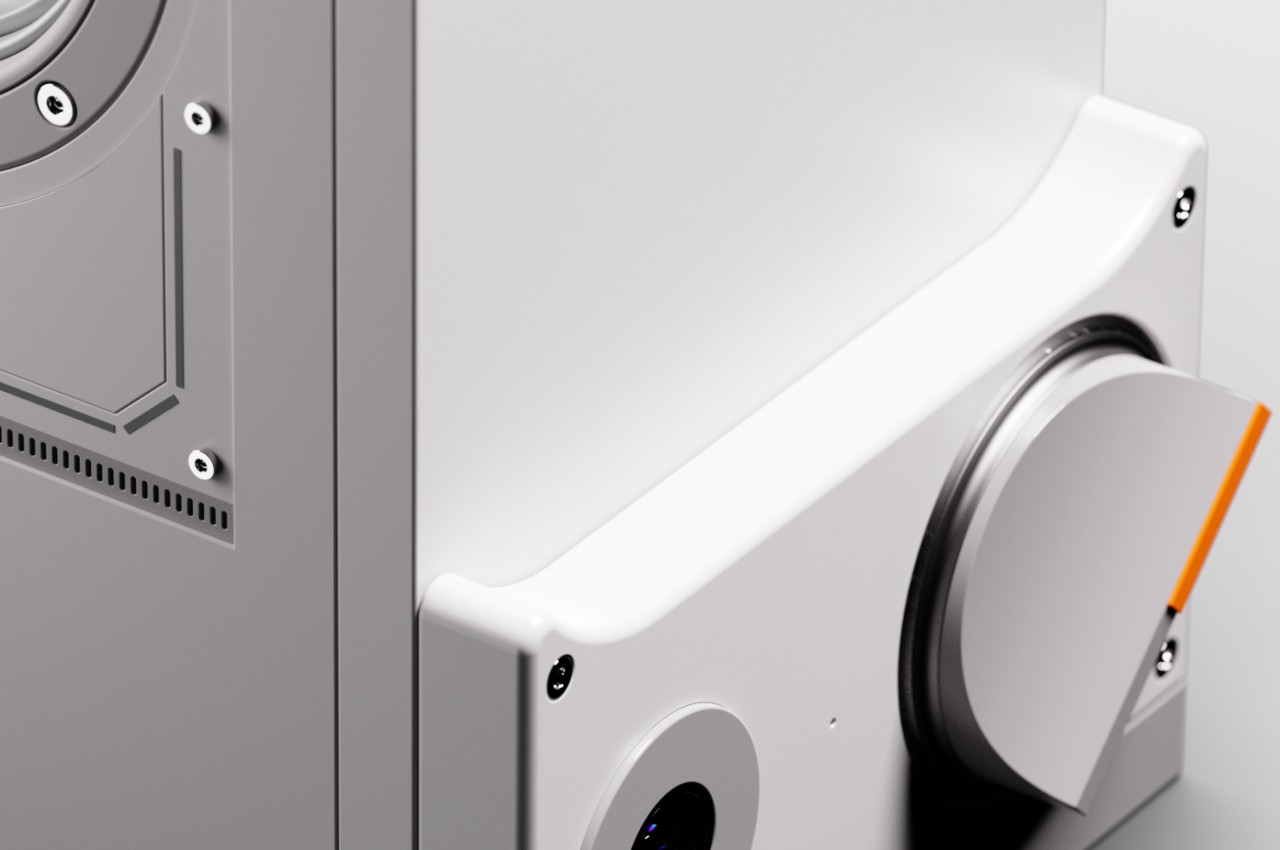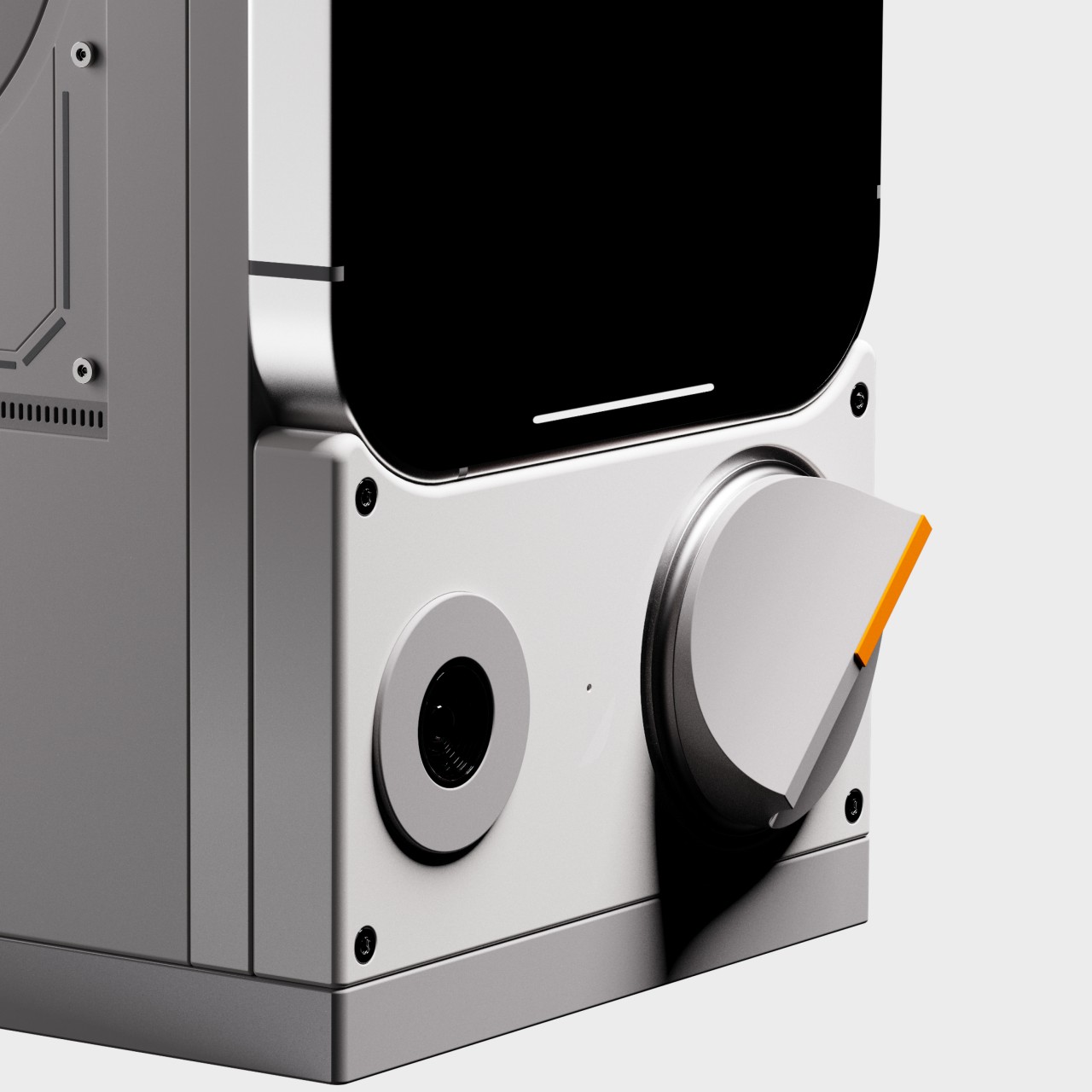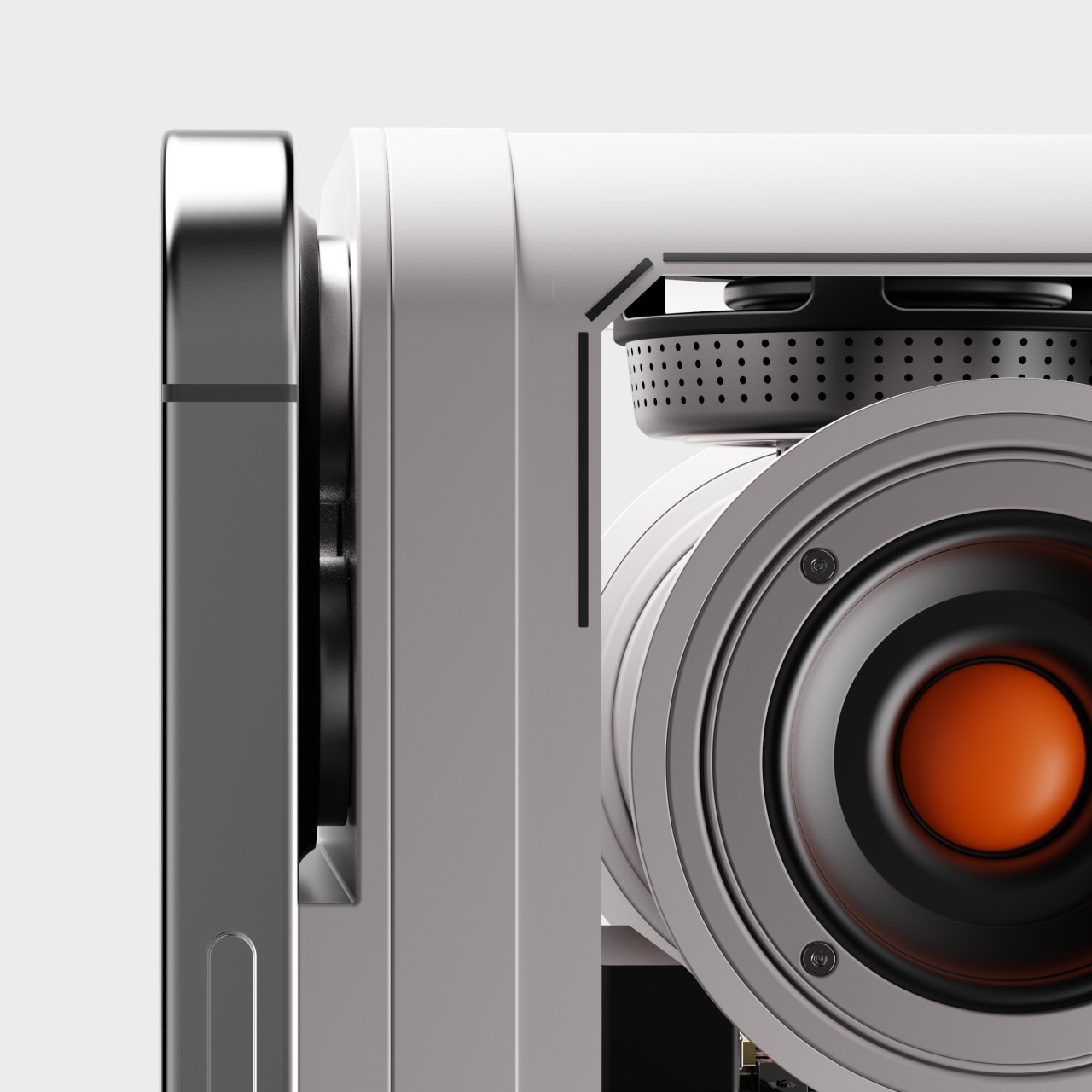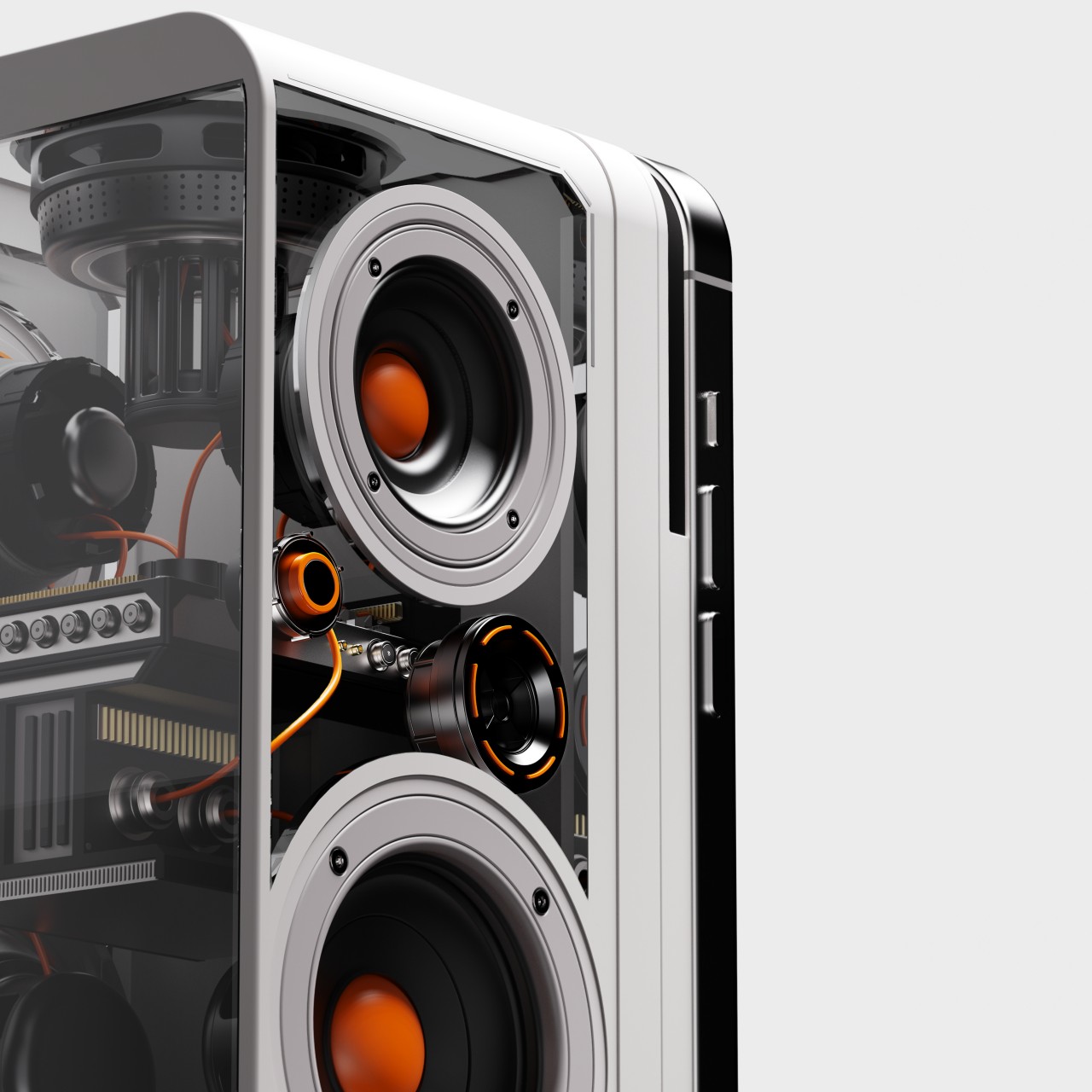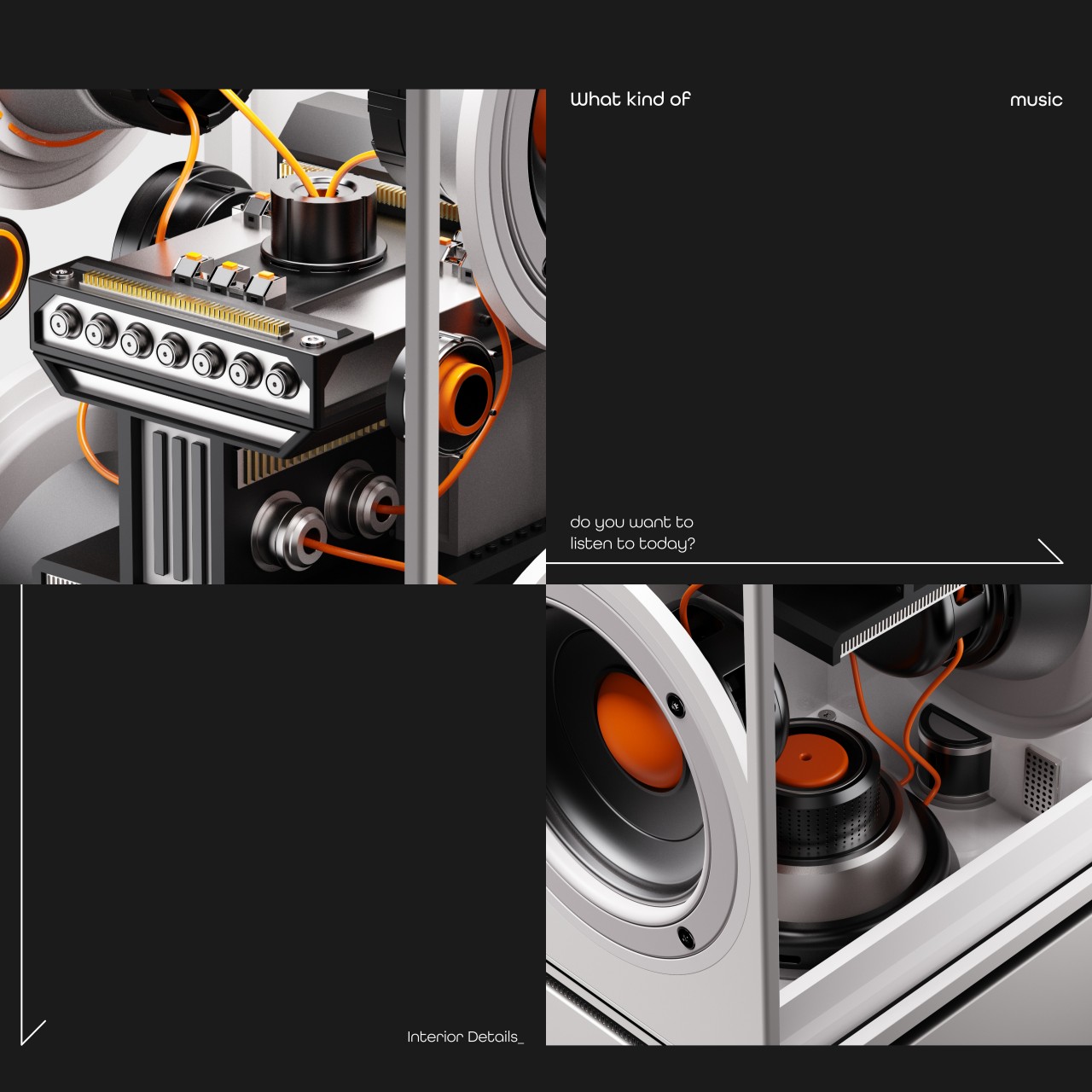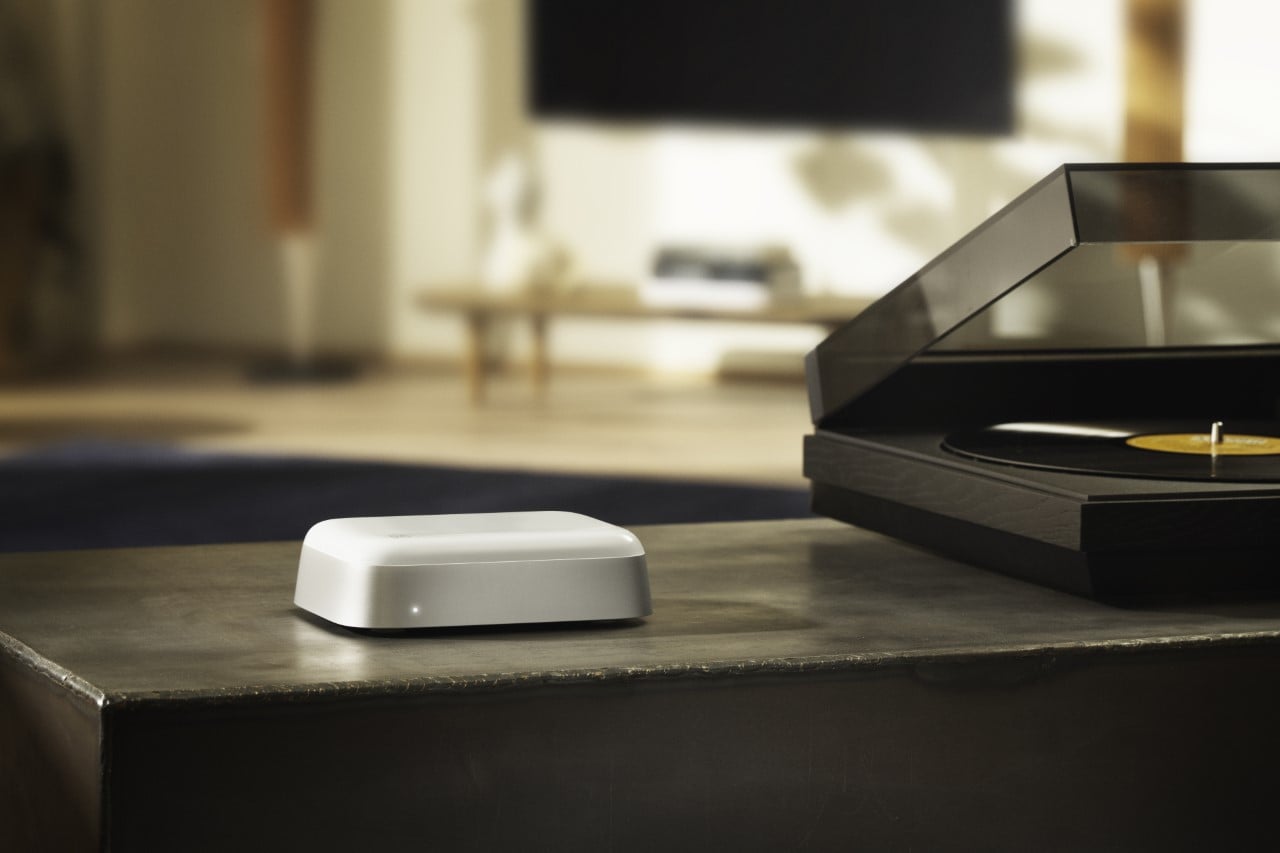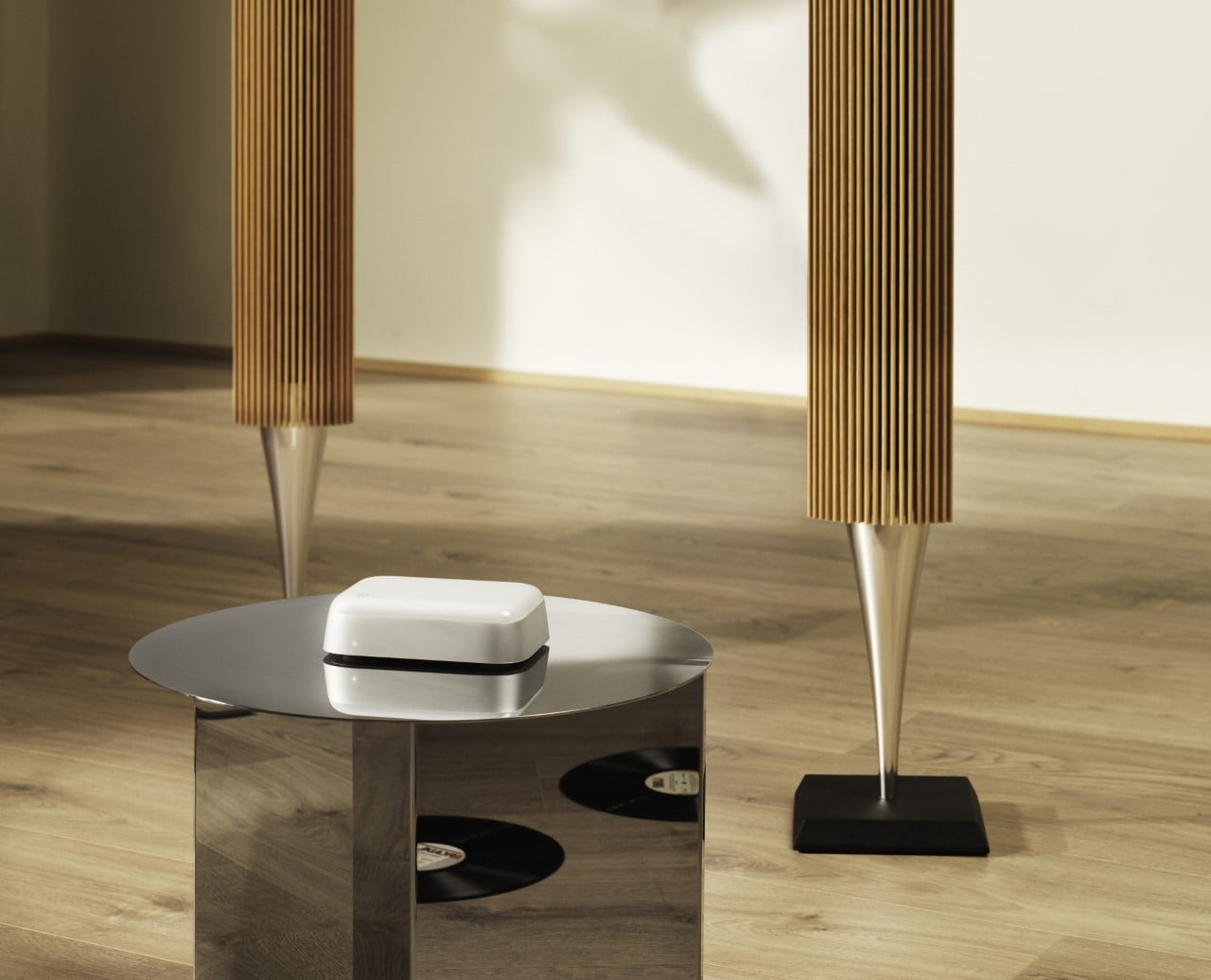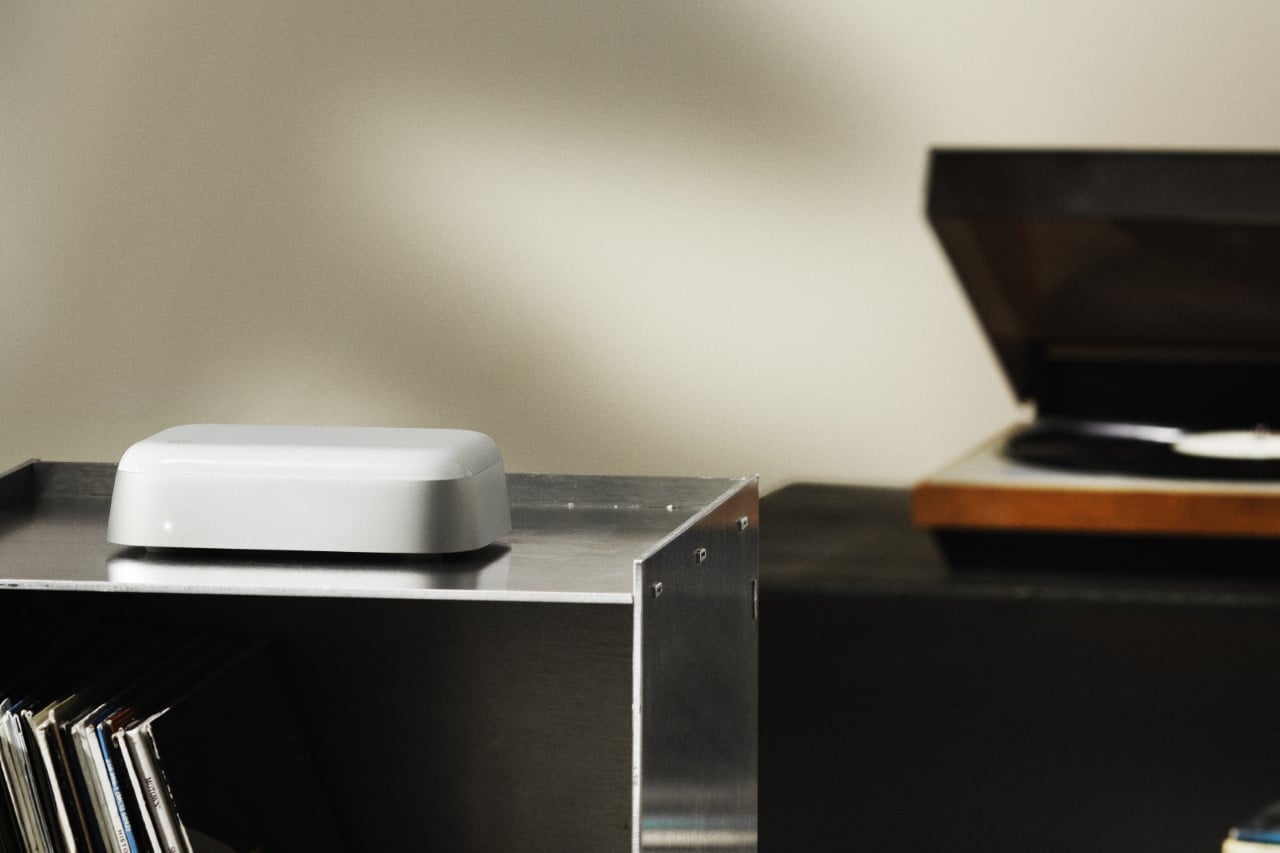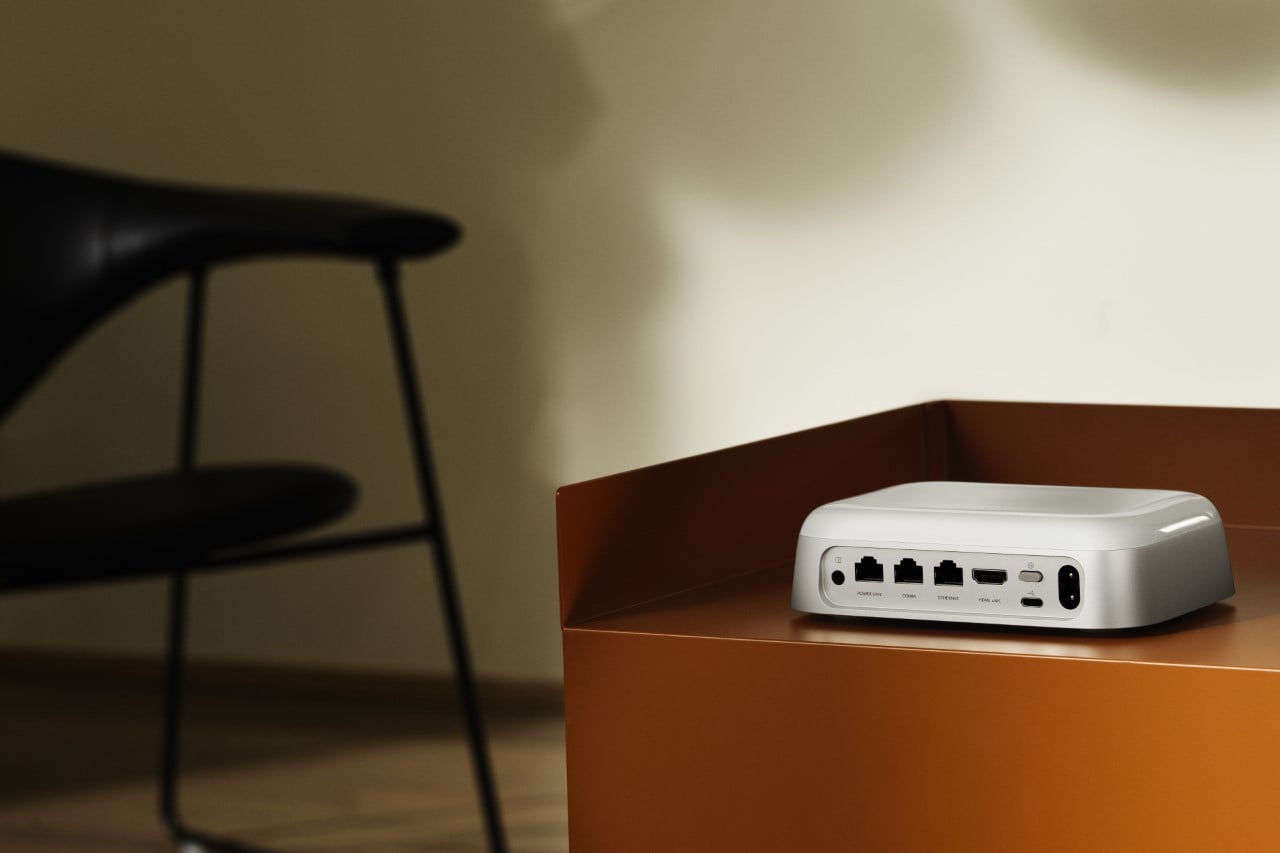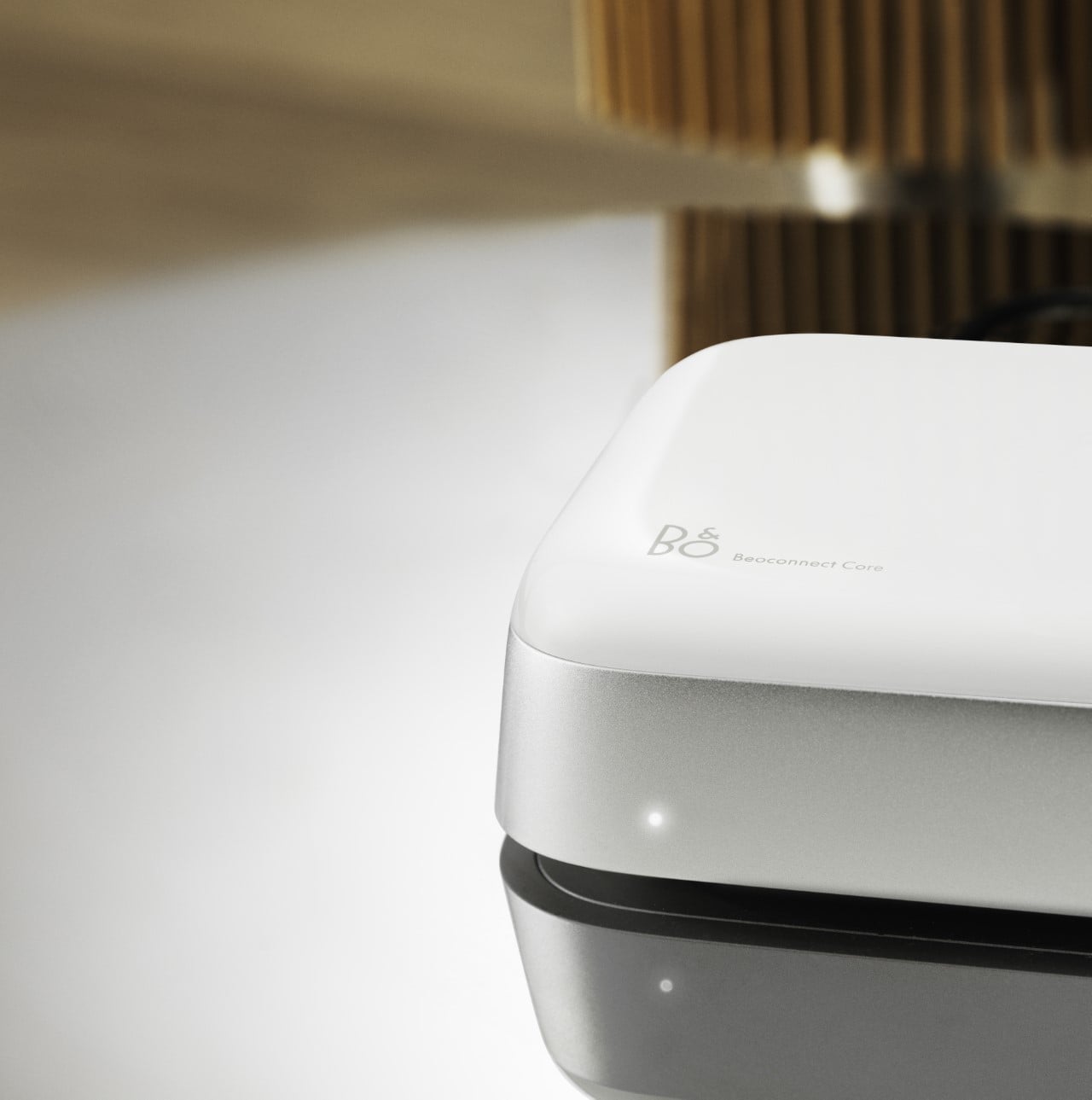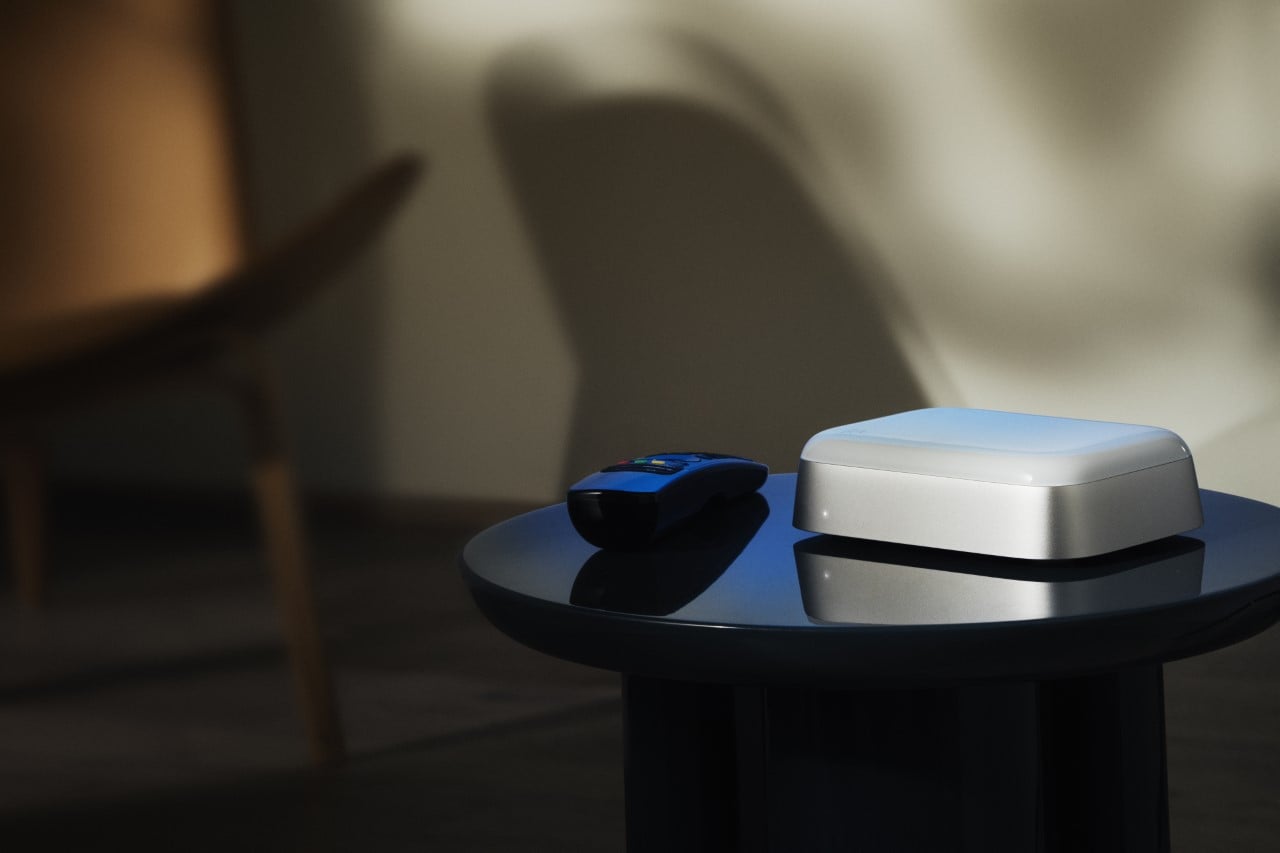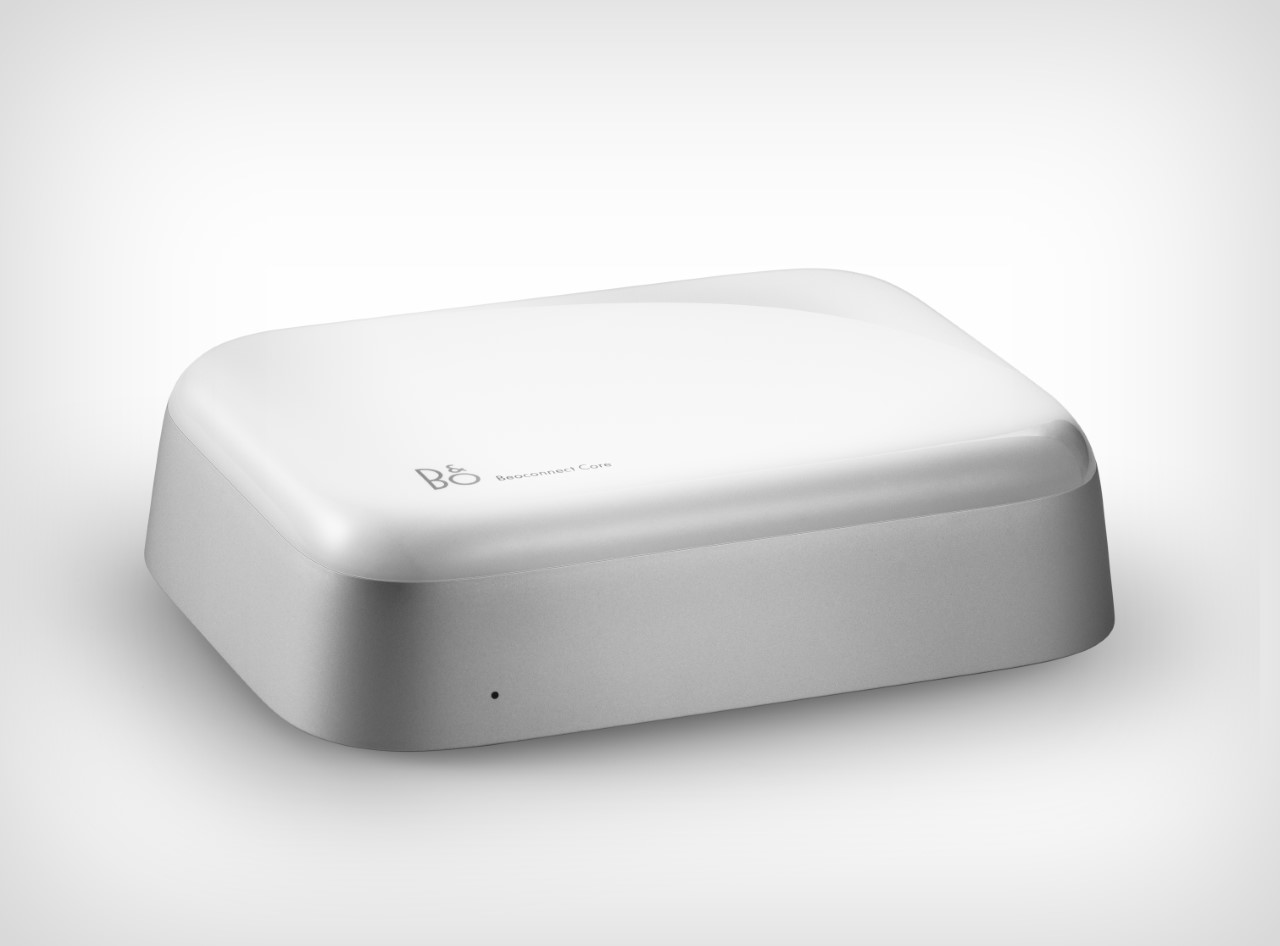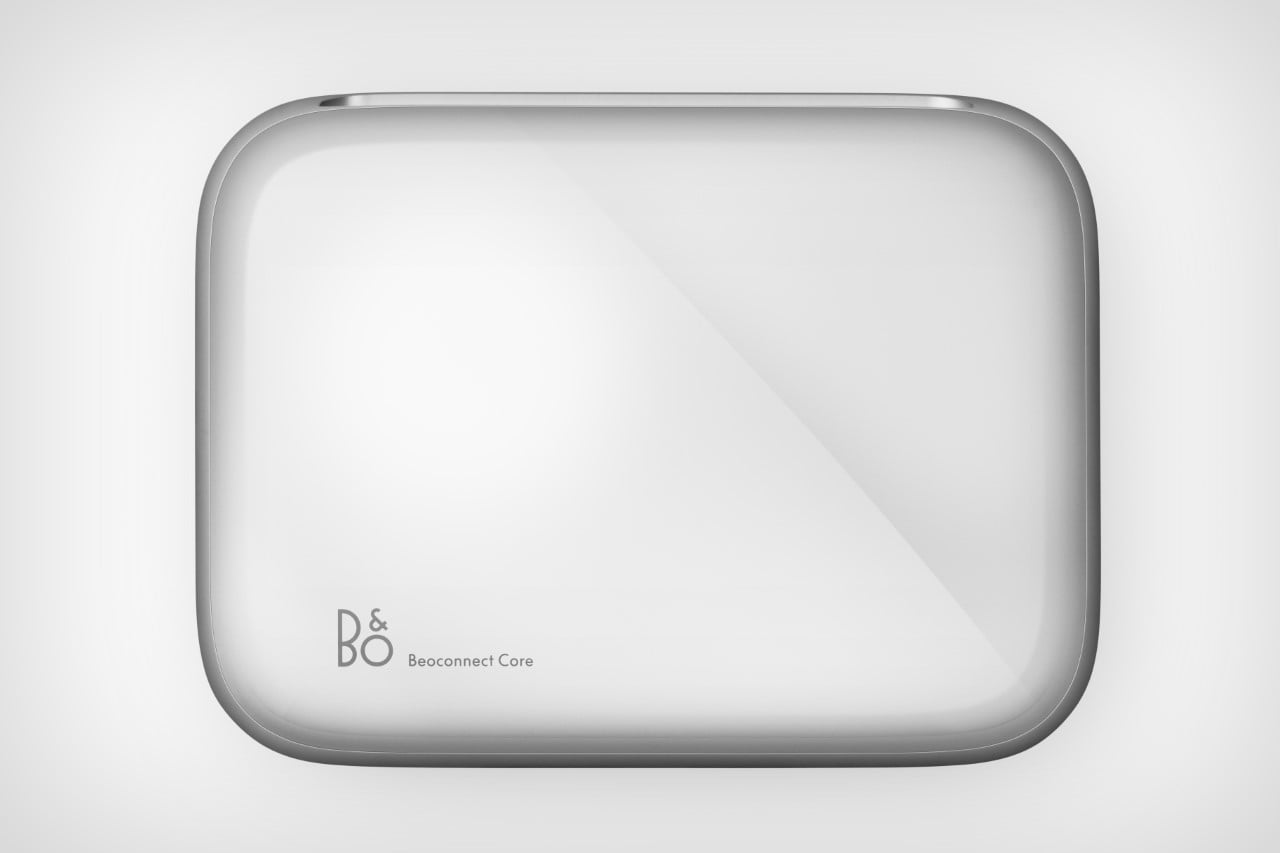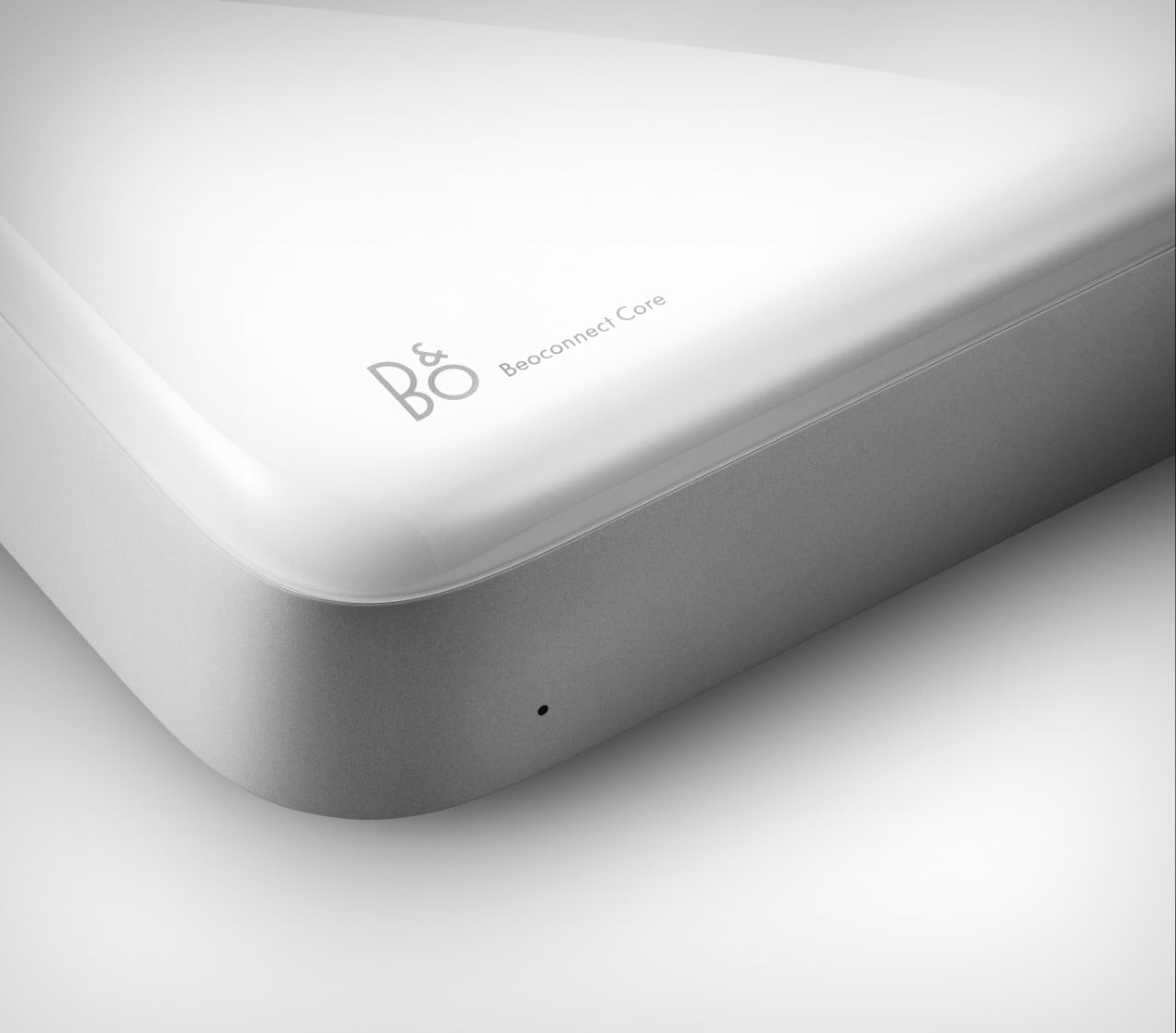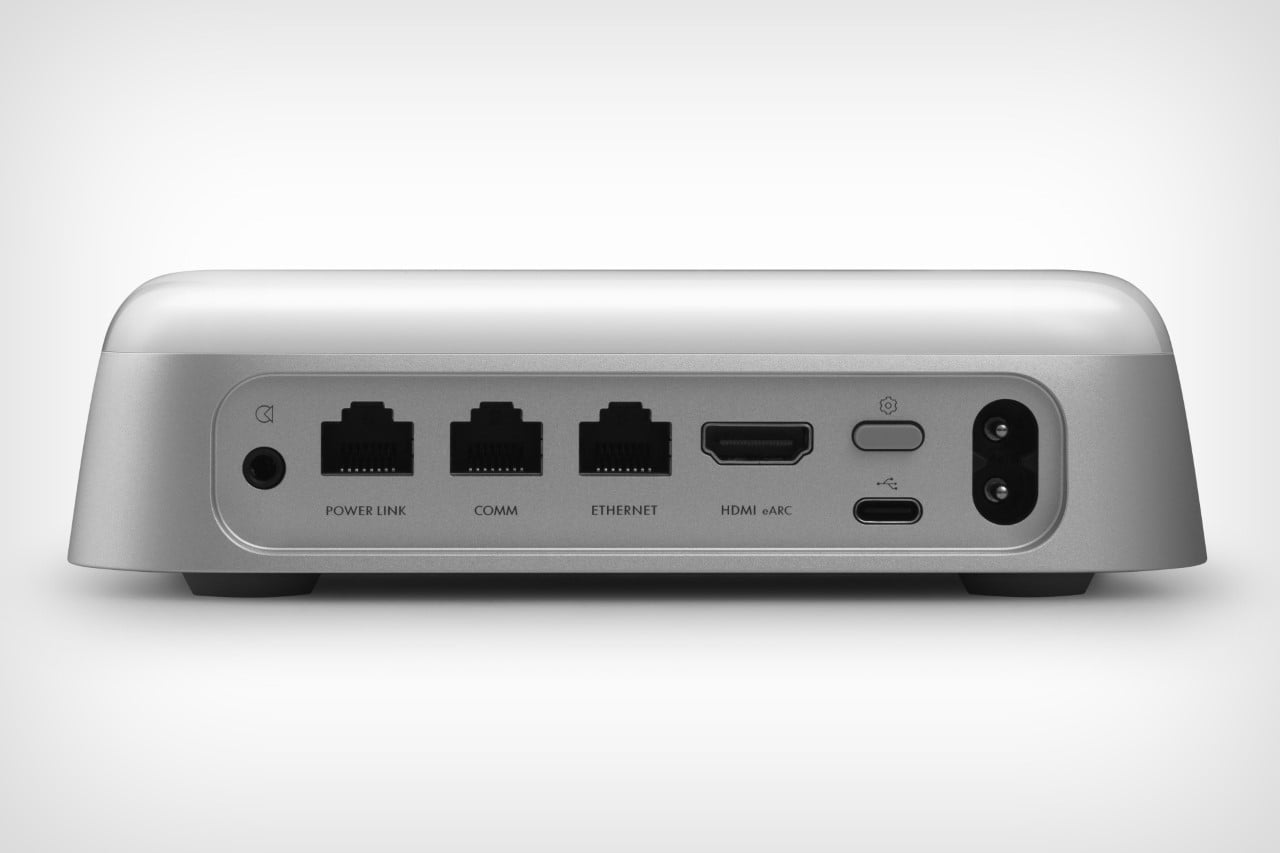Hi-fi Audio Player inspired by Teenage Engineering and Sony refreshes an age-old design
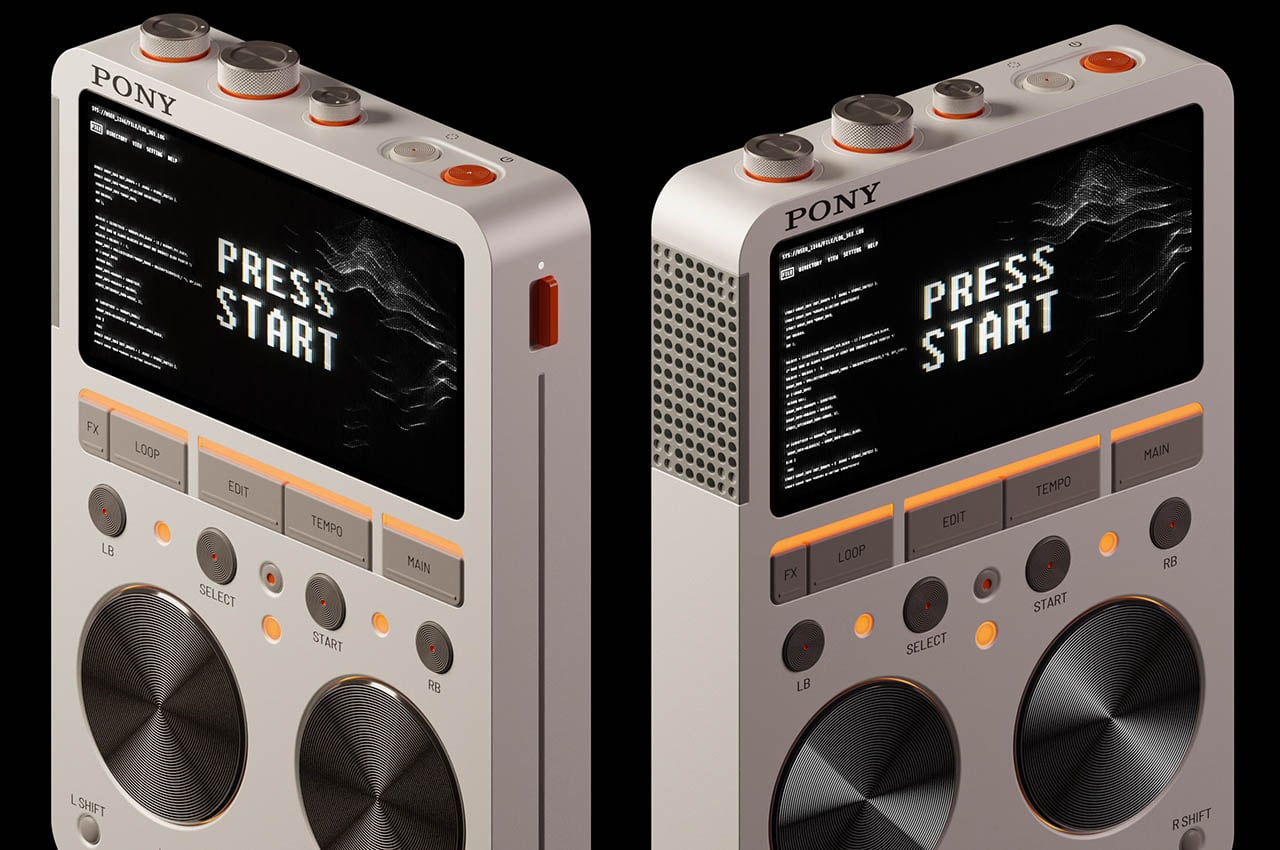
Purist audiophiles always come back to the DAPs and high-resolution audio players to enjoy their favorite music collection in high definition. Sony has a foothold in the hi-res audio game for as long as memory goes back, and they continue to offer some of the best players for music listening. Walkman MW-A306 released last year is a favorite one for music lovers.
Teenage Engineering resonates the same value for its consumers with a broader portfolio of innovative and unconventional audio gadgets. Both Sony and TE have things like modern design, Gen-Z targeting and sublime quality at their helm to attract a niche set of audio lovers. We certainly love TE and so does the community of designers who have been mustering up cool concepts inspired by the Stockholm-based electronics company. If you’re a purist audiophile, this portable CD player with built-in speaker is a must-have addition to your collection.
Designer: Evgeniy Vakulich
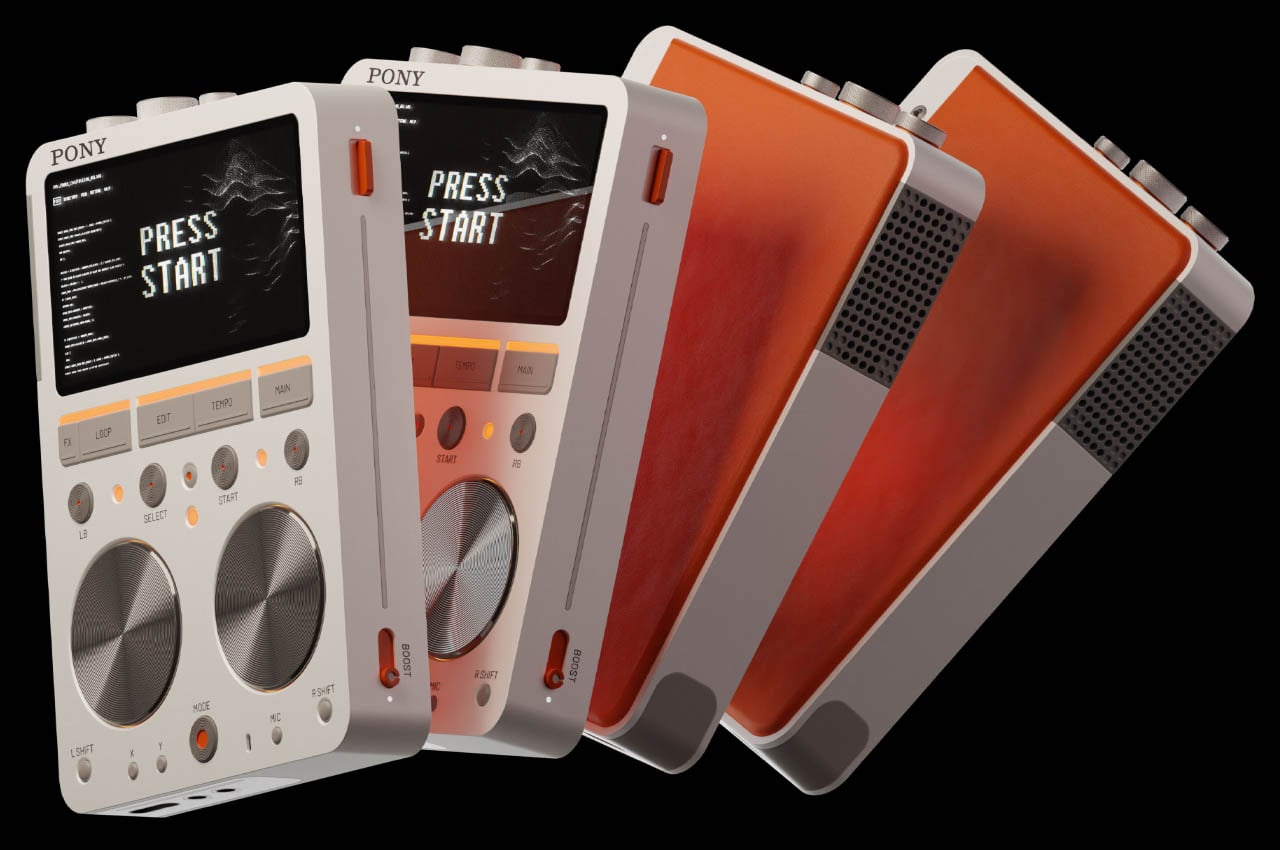
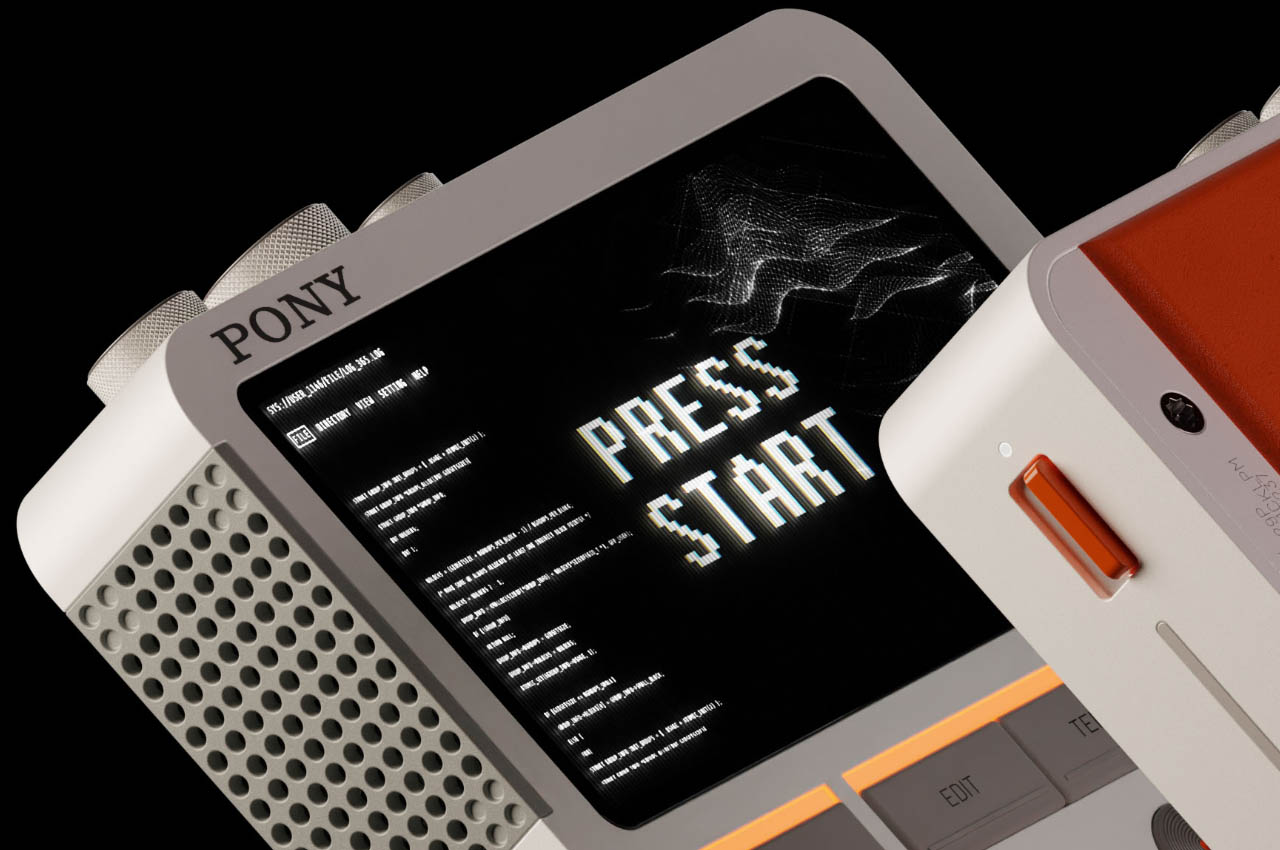
This cool concept of collaborating together the two loved brands is surely going to bring the heat to the likes of Astell&Kern, Fiio, iBasso and Shanling. Interestingly called the Pony Project, the DAP has the design DNA and color theme of Teenage Engineering. It gets a digital display to show the currently playing music and library elements to search for tracks. All the other buttons for toggling the elements like the tempo, loop, mode or FX. The tactile input for the L-Shift, R-Shift, Mic, Select and Start is heavily inspired by the Teenage Engineering aesthetics.
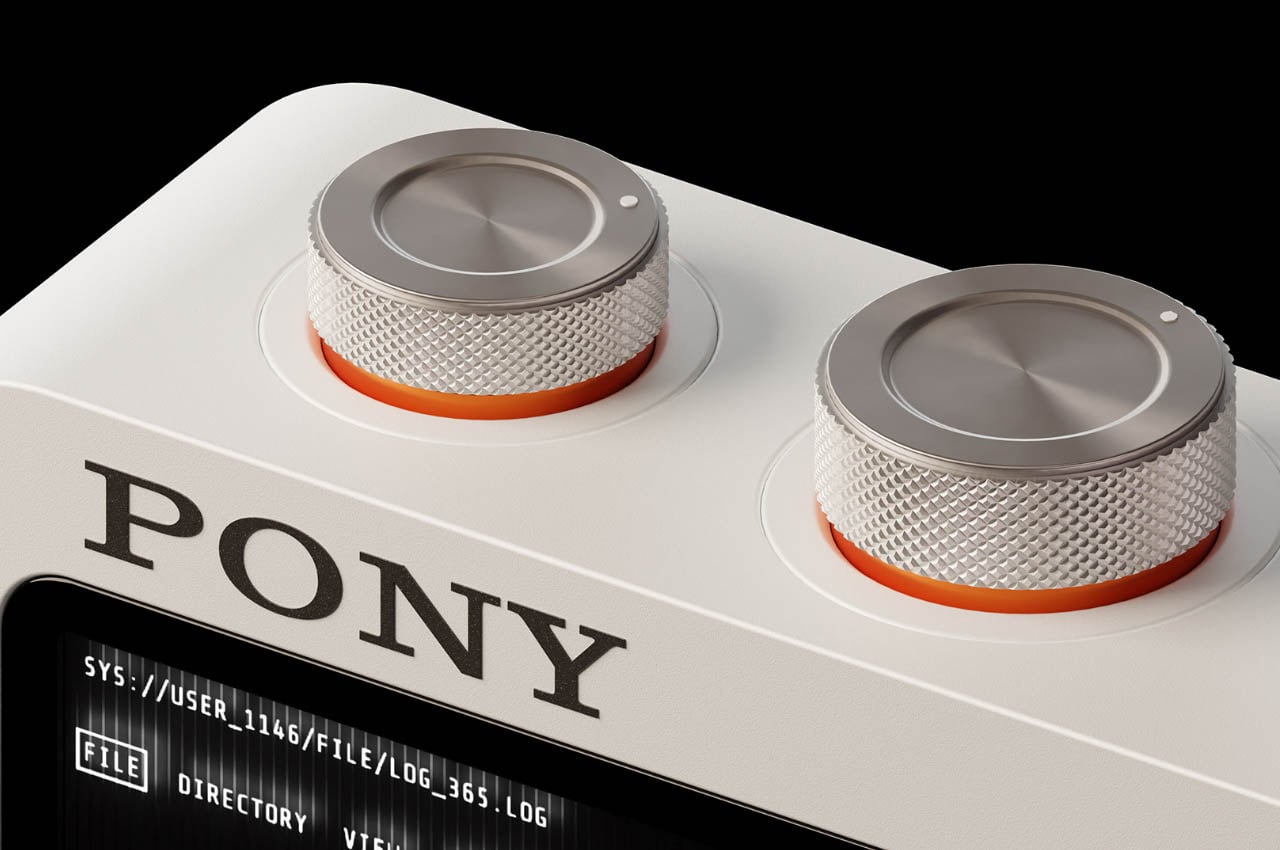
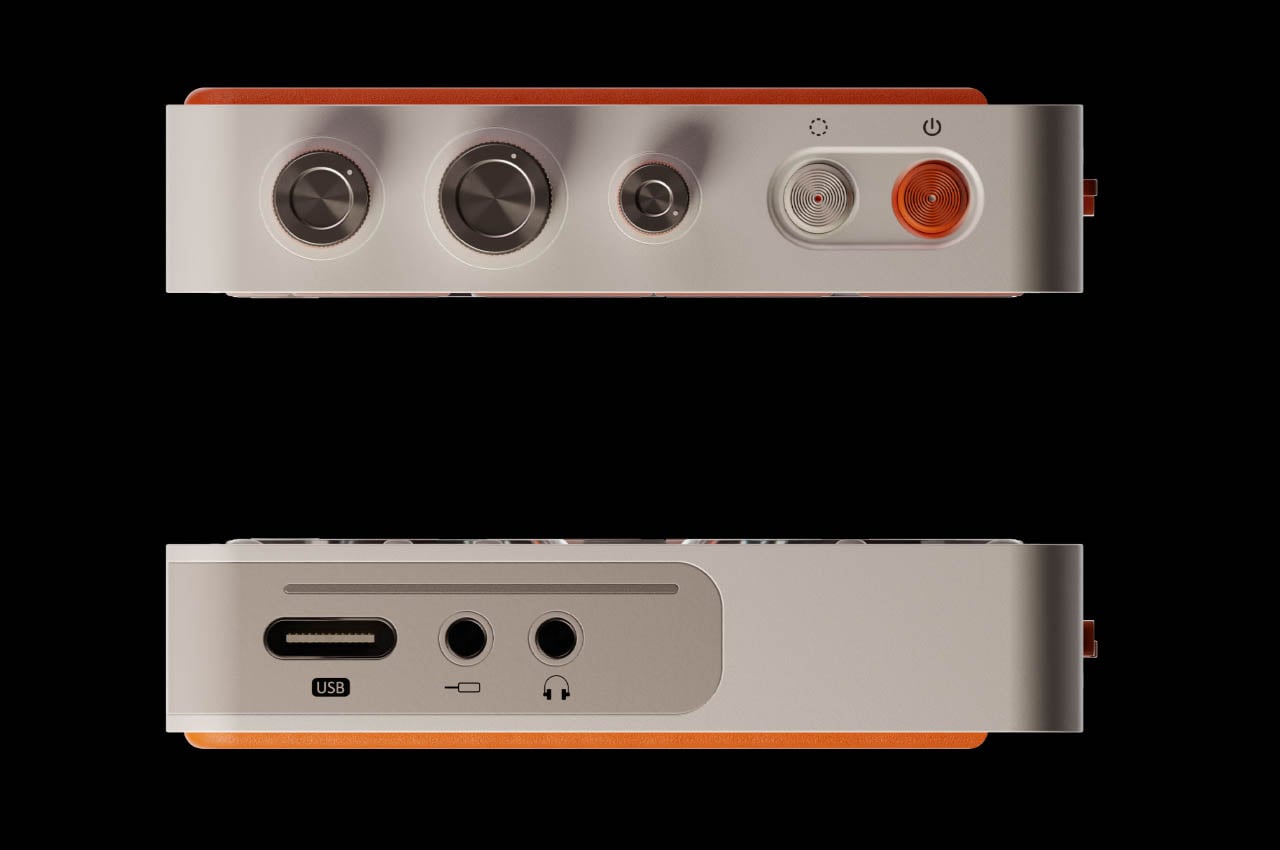
The top of the gadget has the volume rockers, bass and treble, power and stop buttons. A lot of mind has been put into the design and conceptualization of the music player by Evgeniy. The popular color theme of the TE products is so good to see in a DAP which usually comes in contemporary dark hues. If you’ve already not noticed, the audio player comes with the Pony branding which dupes the Sony brand name.
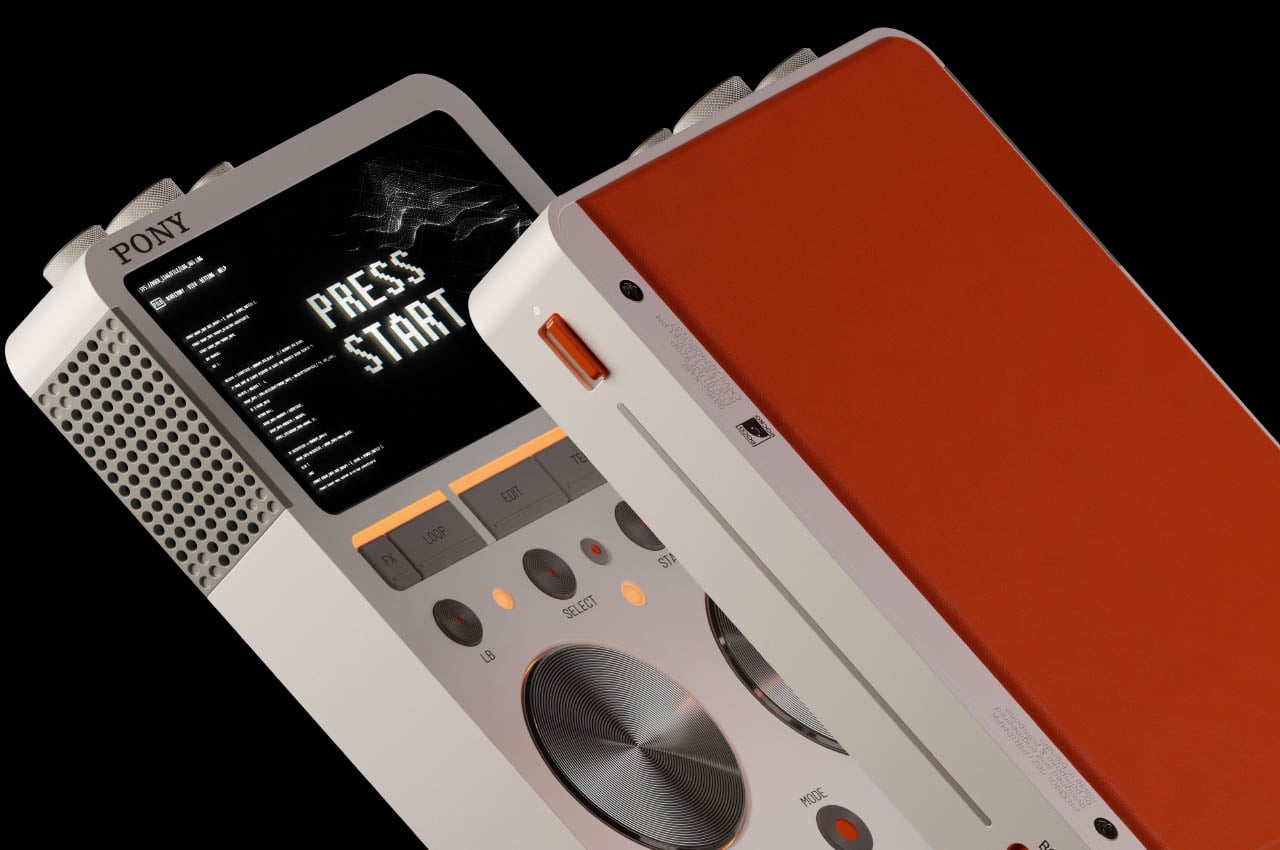
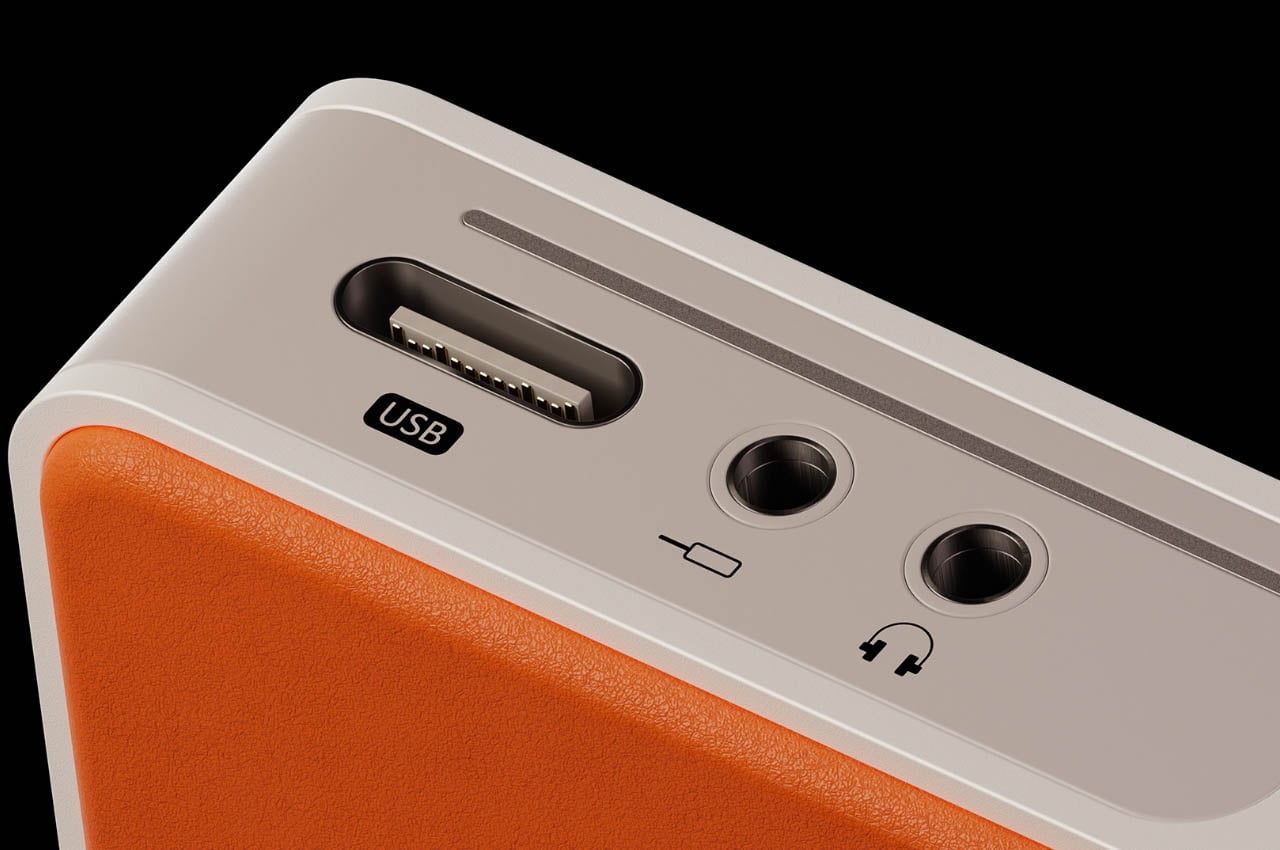
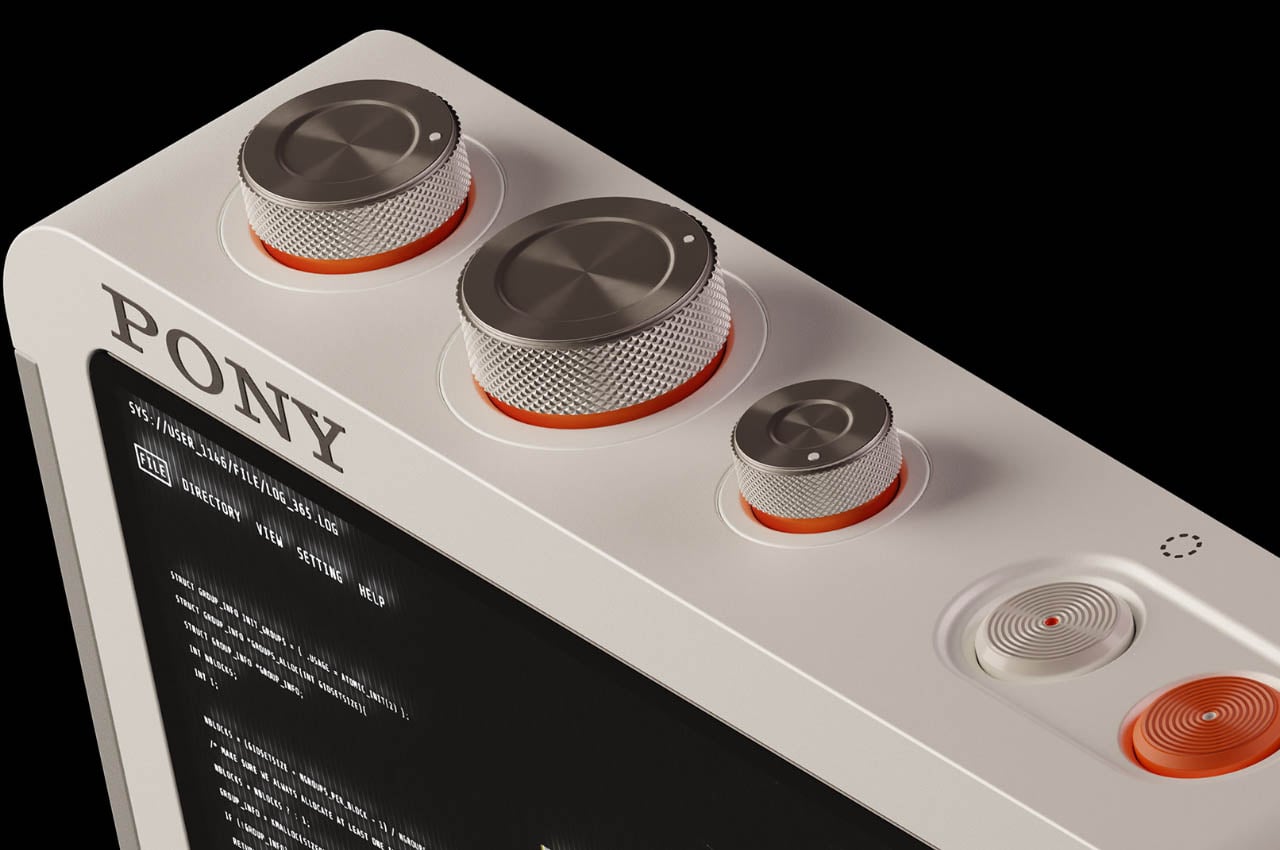
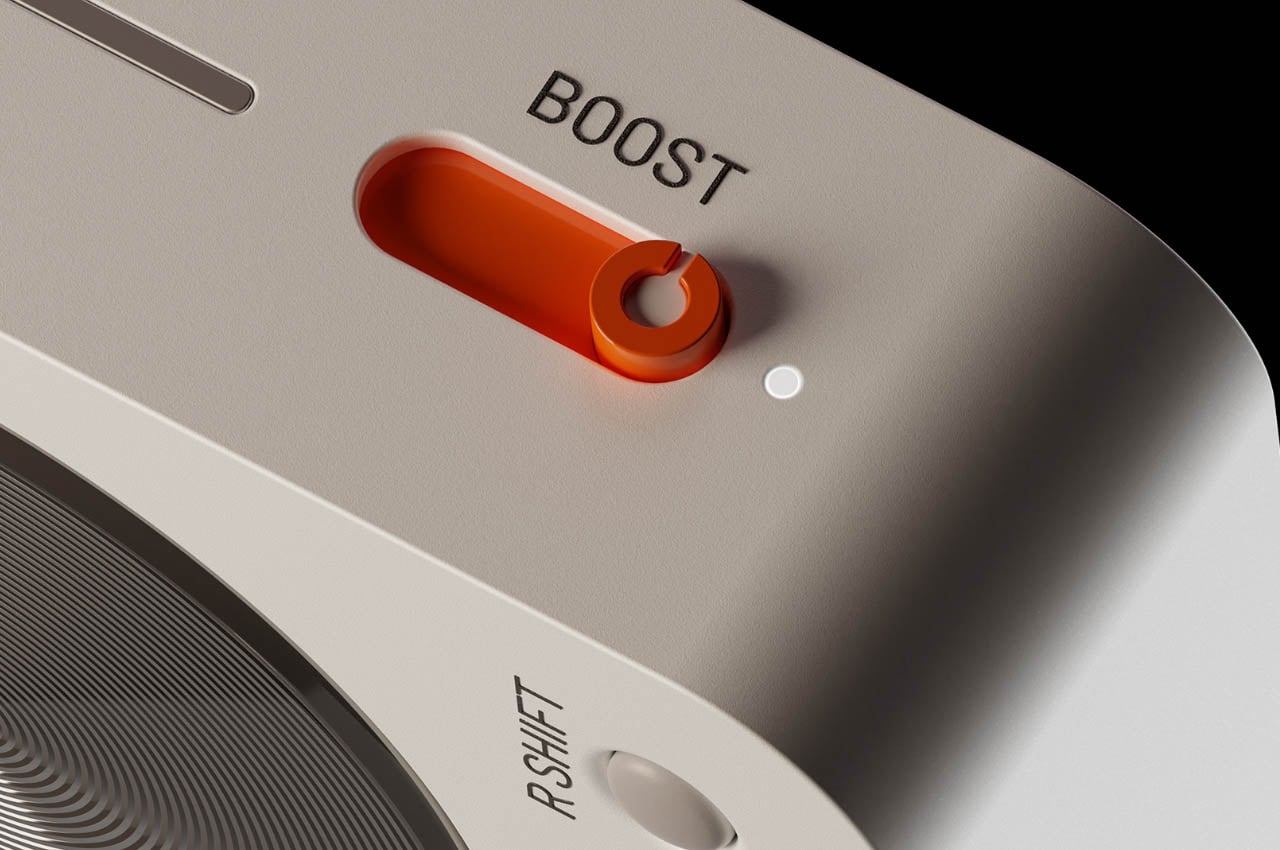
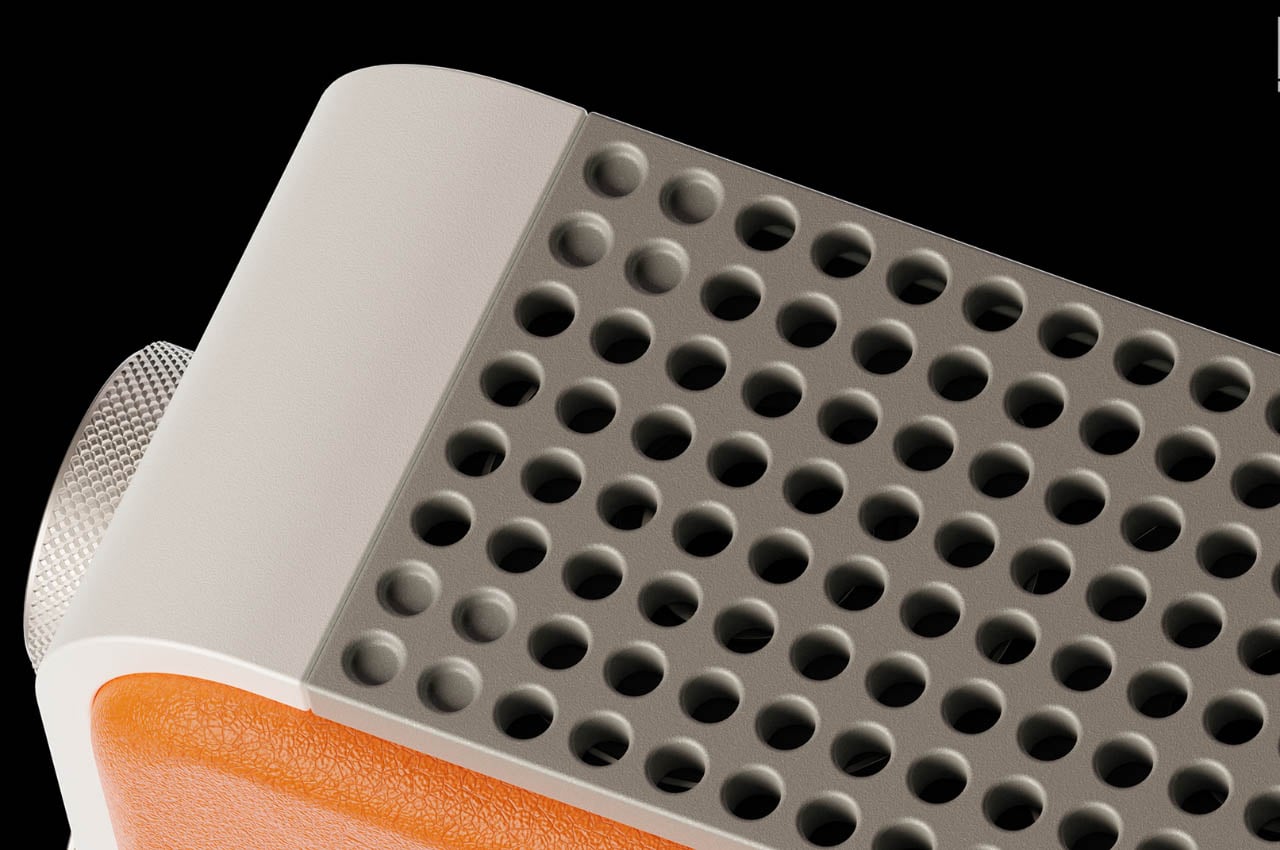
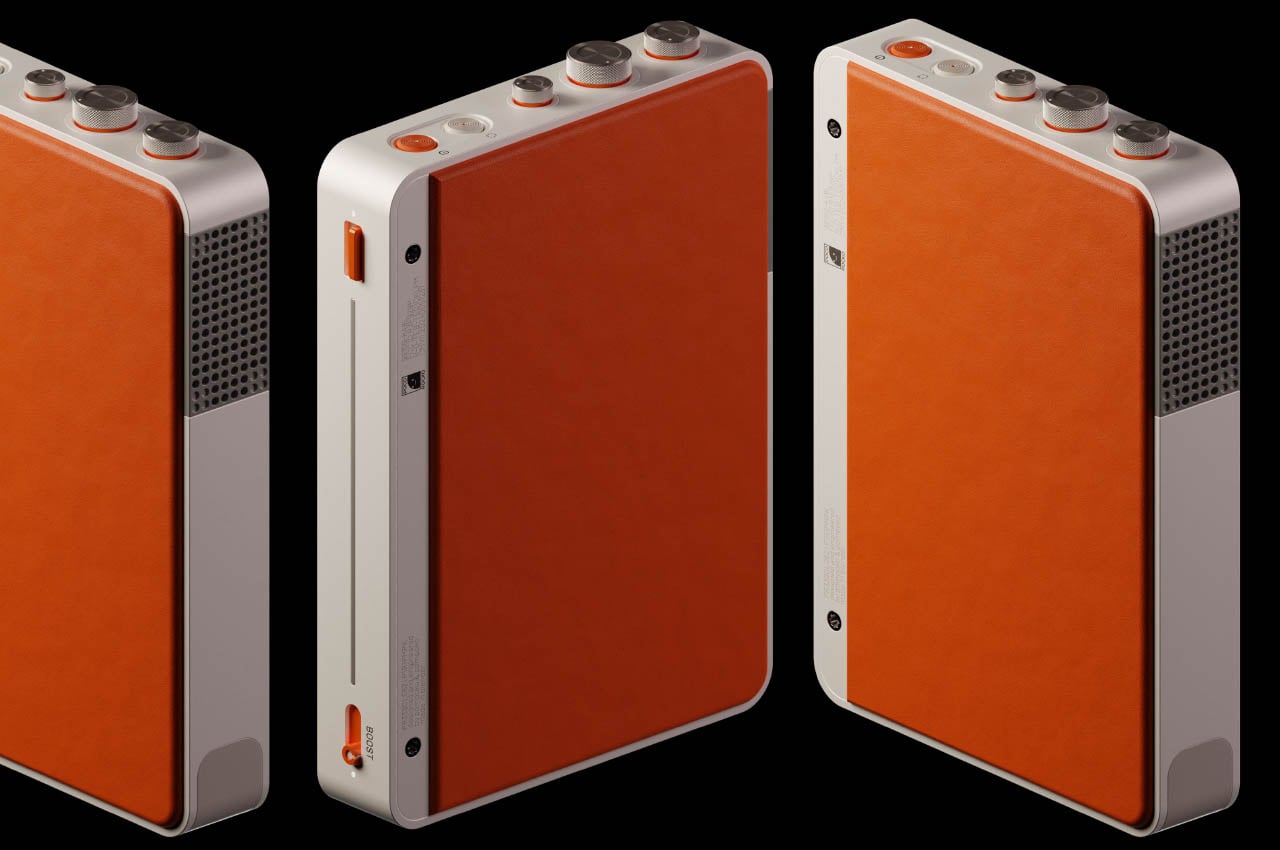
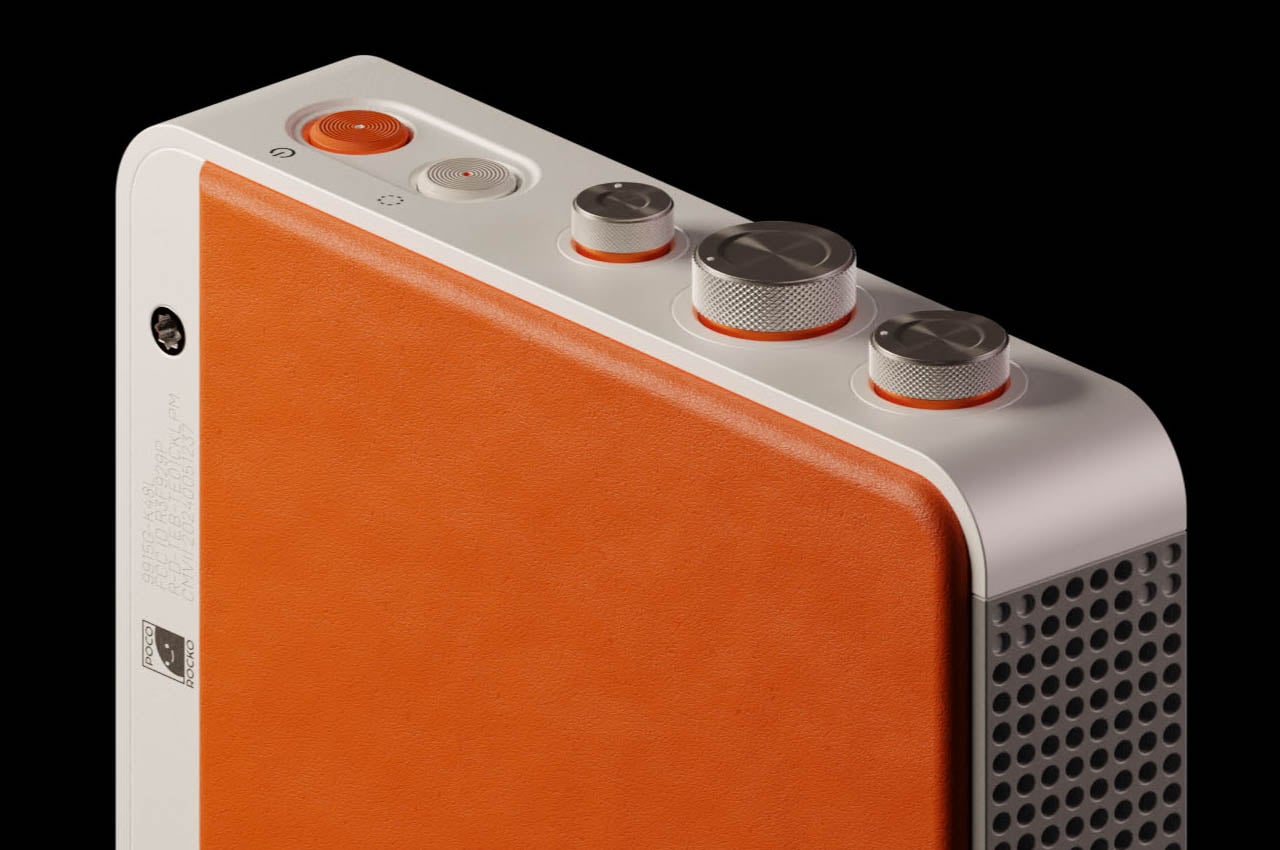
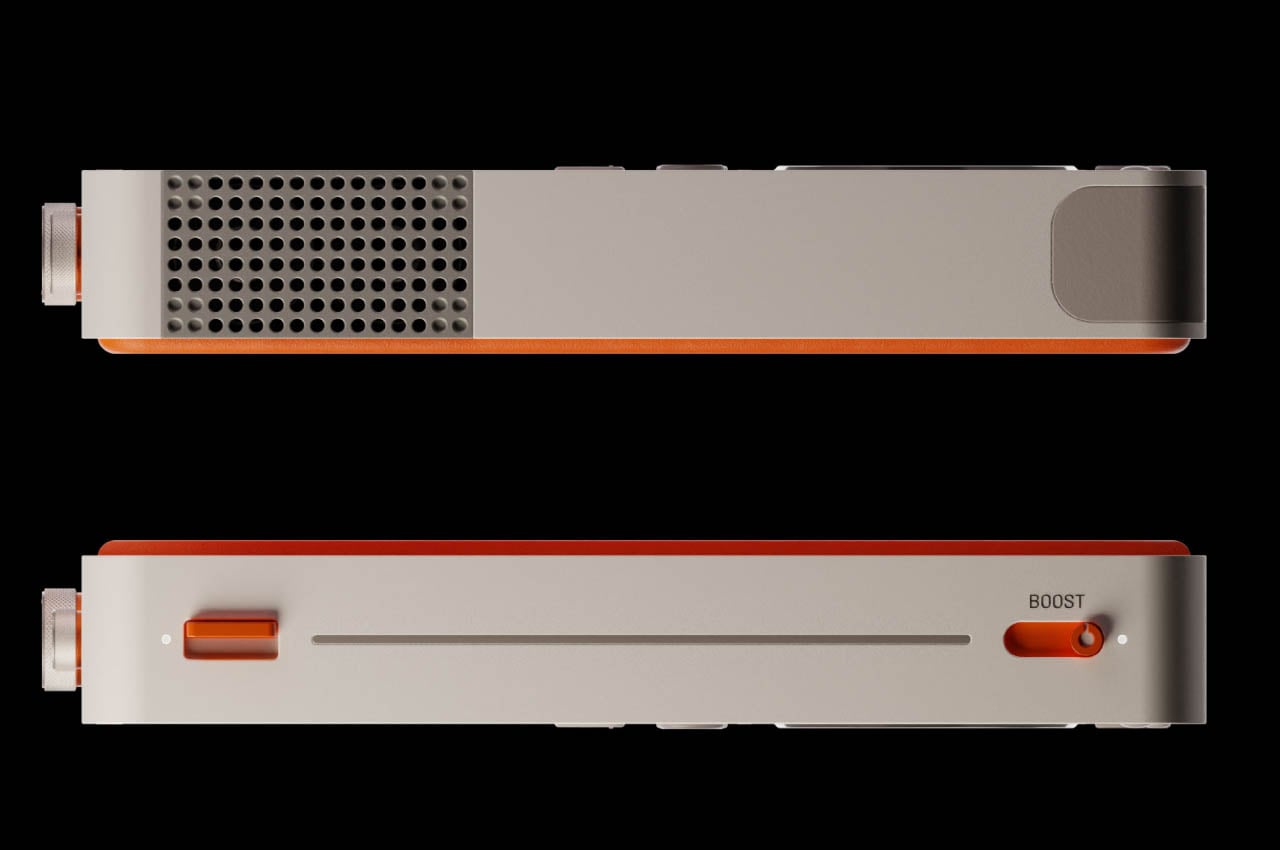
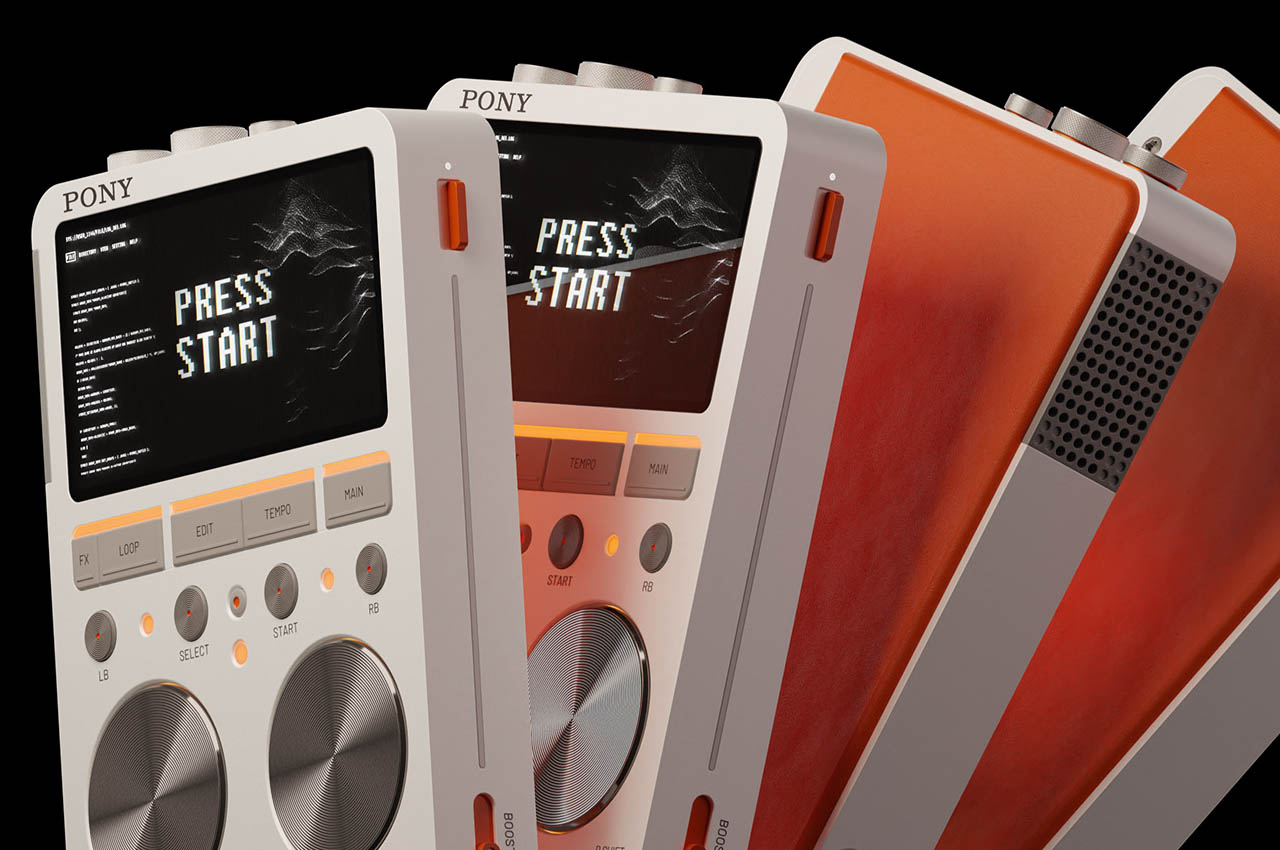
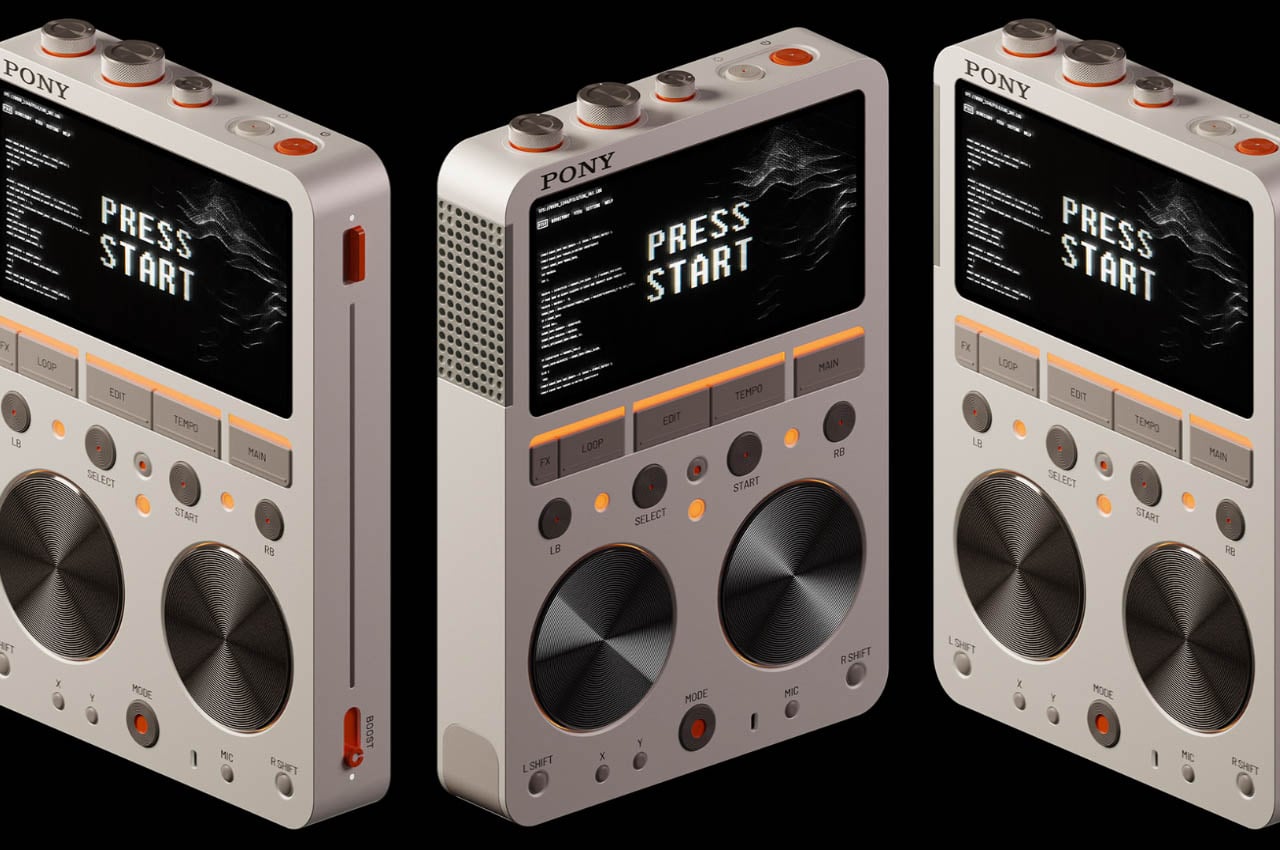
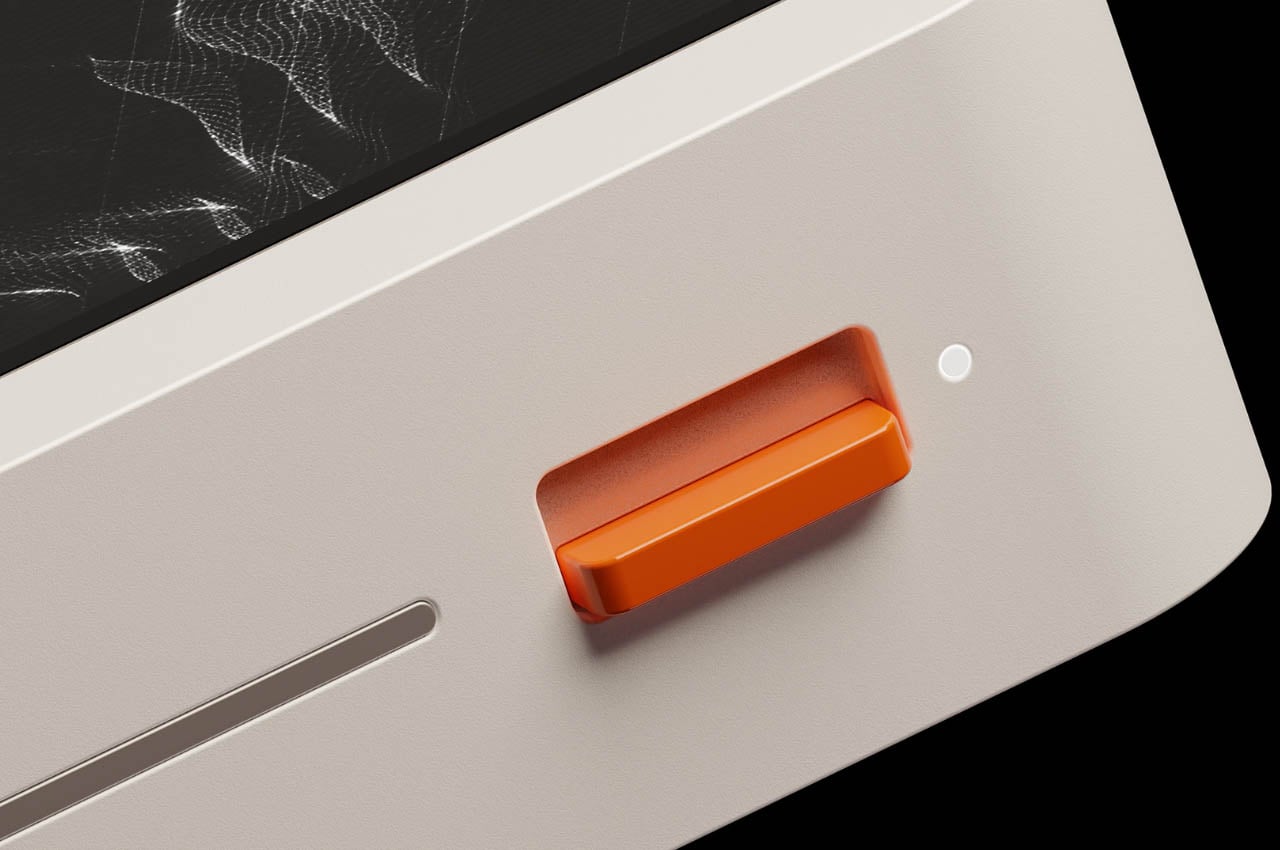
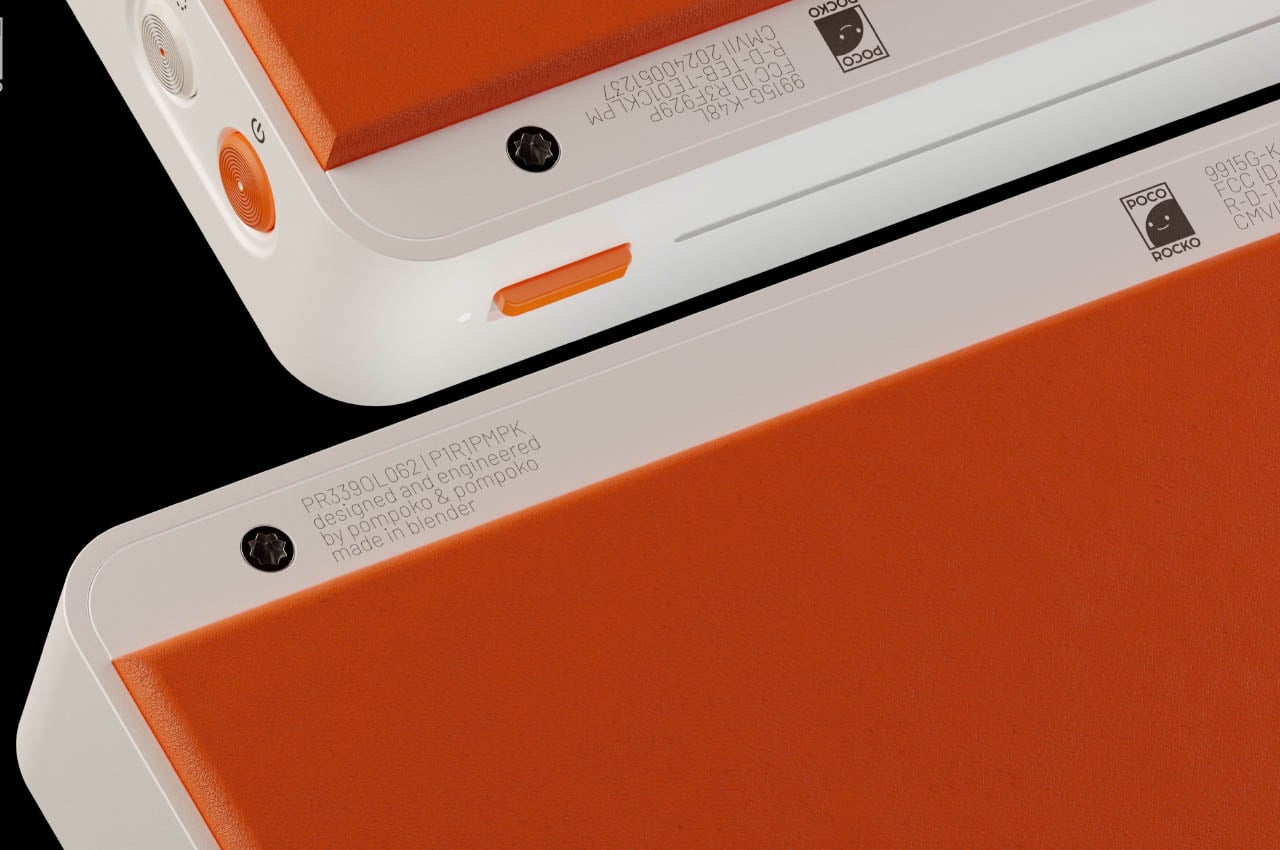
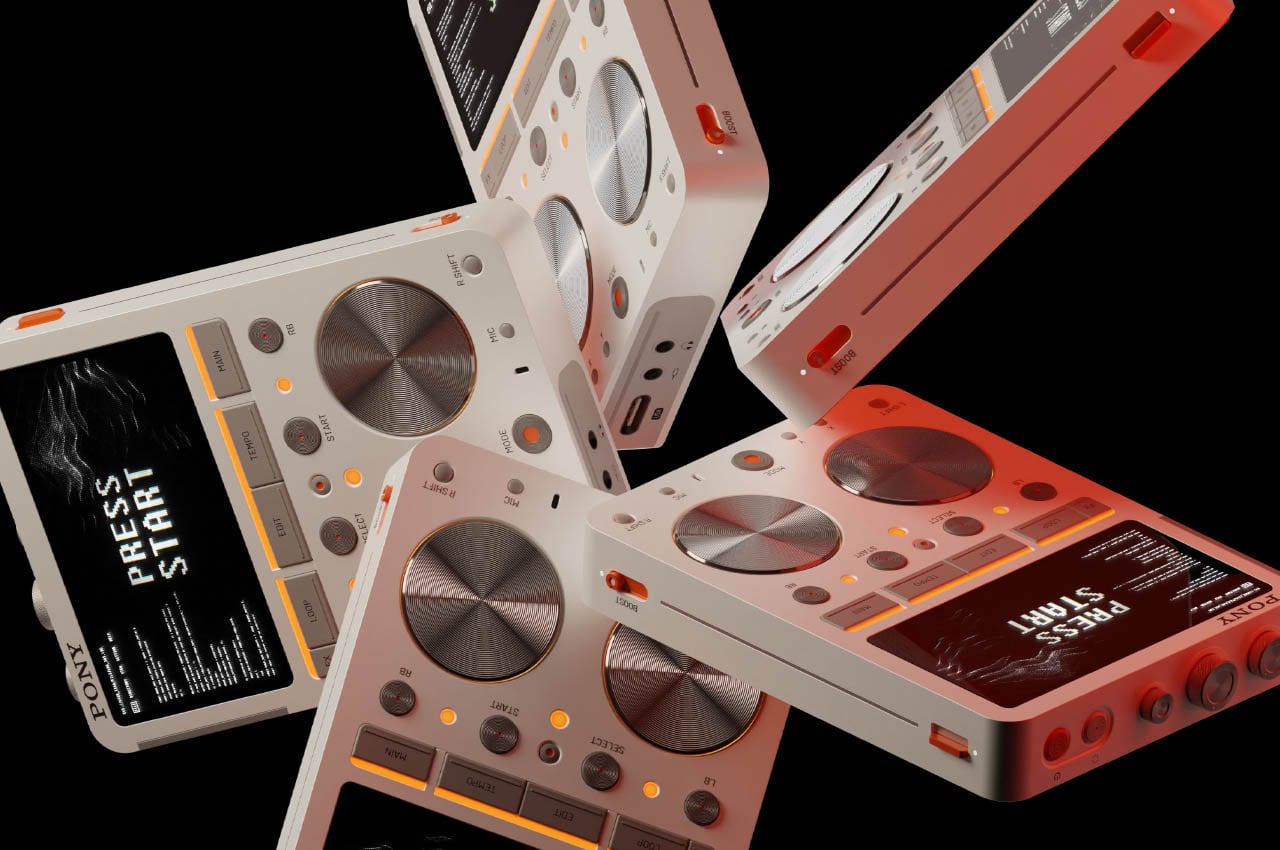
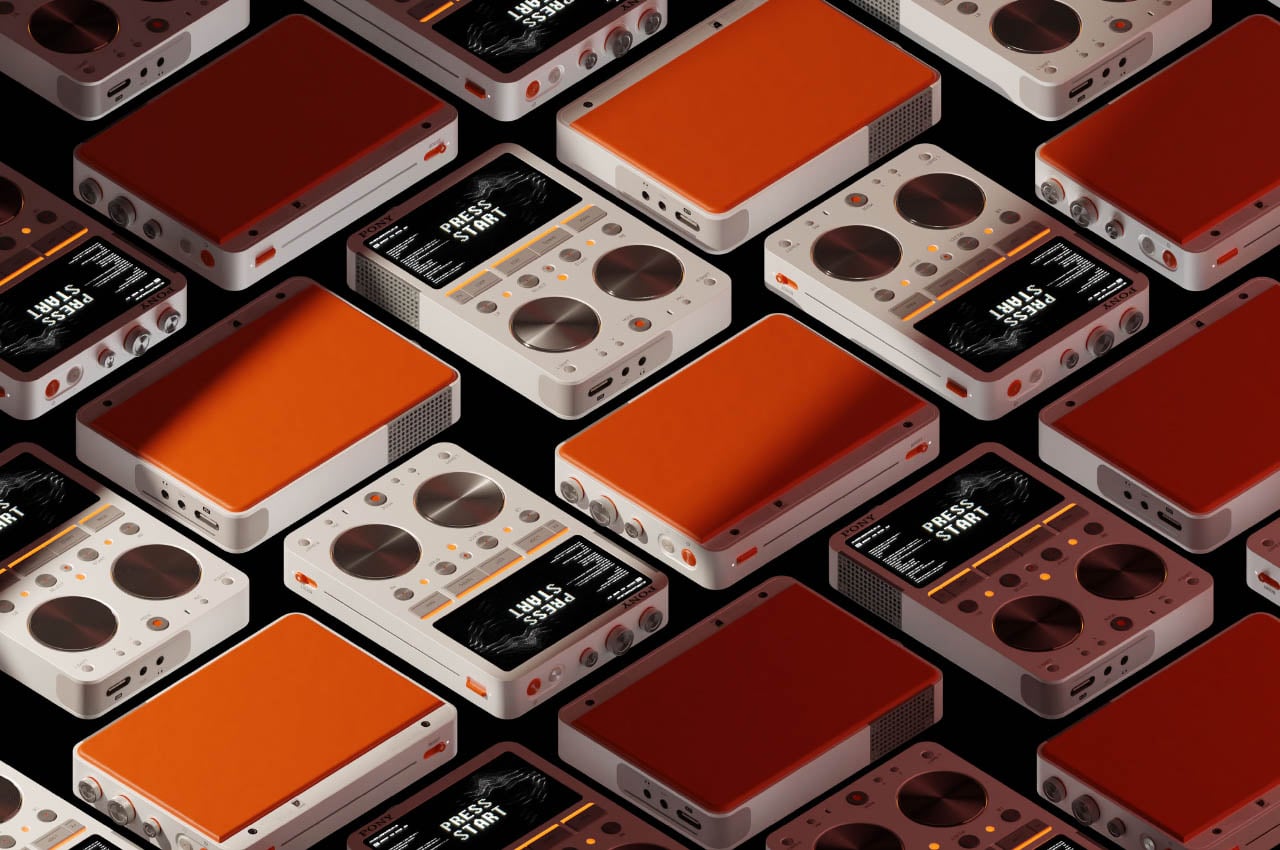
The post Hi-fi Audio Player inspired by Teenage Engineering and Sony refreshes an age-old design first appeared on Yanko Design.



